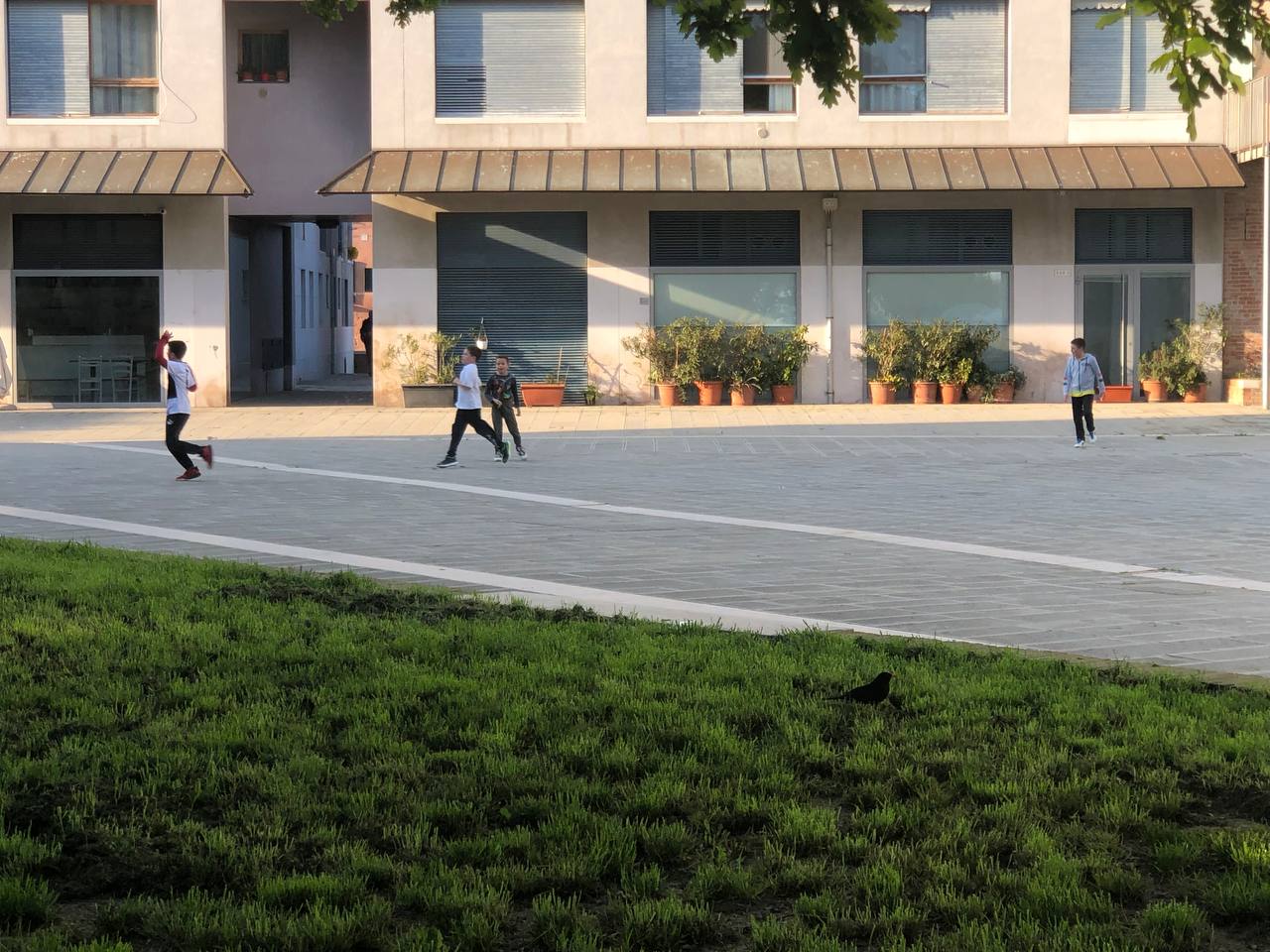
TERRESTRIAL AERIAL
a brief guide to residential landscapes and acoustic fields
of the western Giudecca region
of the western Giudecca region
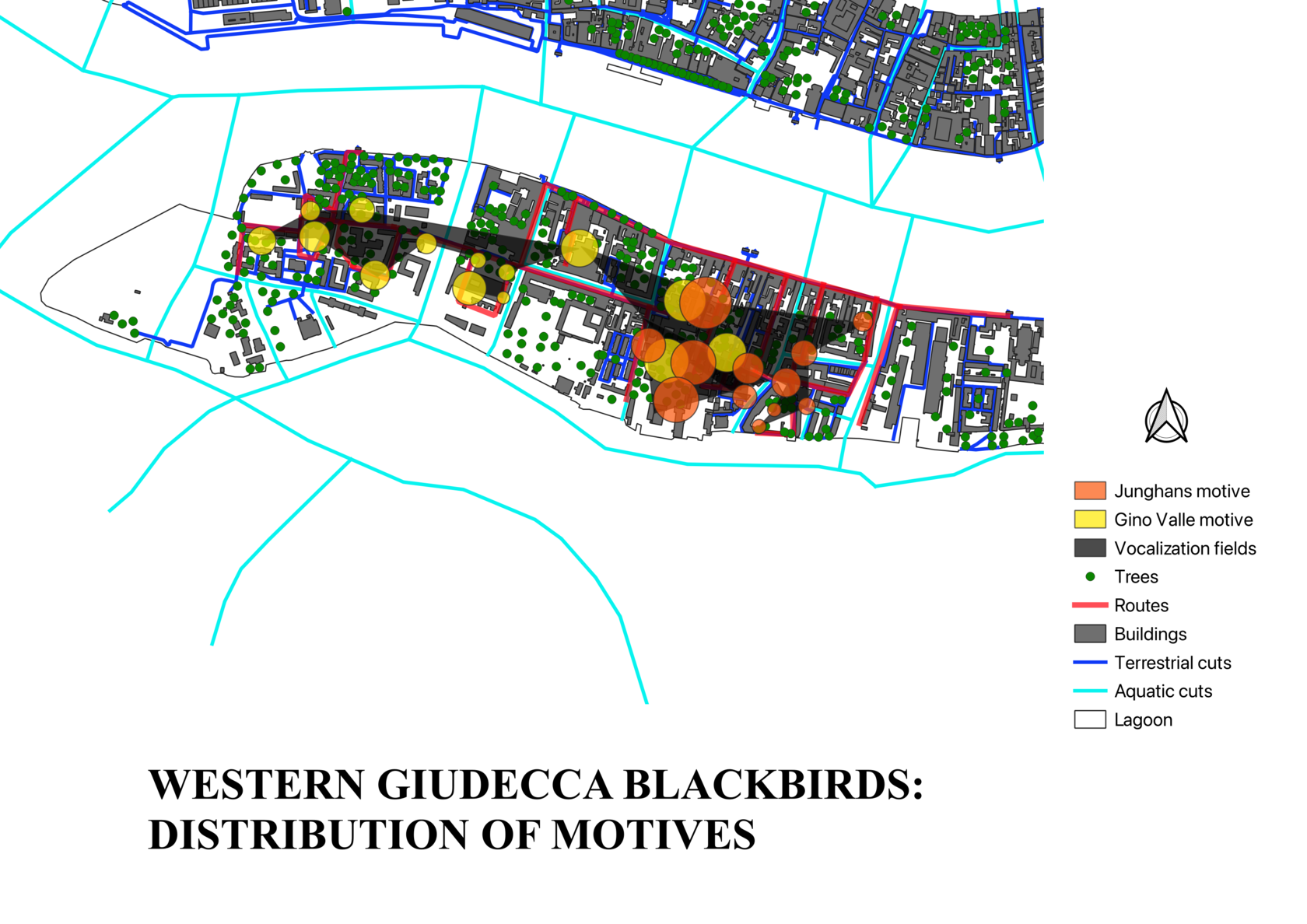
From Ponte Longo to the tip of Sacca Fisola, several recently installed residential areas constitute environments and rhythms of the everyday life. Connected by the elongated line of C. Larga dei Lavranei flowing into Fondamenta de le Convertite and C. S. Cosmo, turning to the narrow tube of Calle Longa de L'Accademia dei Nobili and curving towards Calle Scuola heading to former Junghans area, the layout of this territory presents several urban solutions with their particular surroundings.
On the visual plane one can trace adjacencies of the newly constructed places to their existing predecessors. But on the sonic plane, which is mostly ignored by the planners and visitors, such adjacencies become more complex. Moreover, it turns out that there are several scales of inhabiting – above terrestrial tenants soundcapes are governed by the aerial ones.
On the visual plane one can trace adjacencies of the newly constructed places to their existing predecessors. But on the sonic plane, which is mostly ignored by the planners and visitors, such adjacencies become more complex. Moreover, it turns out that there are several scales of inhabiting – above terrestrial tenants soundcapes are governed by the aerial ones.
1. Giidecca and typology, as a model
2. New housing projects and attempts to refer to it
3. Typical Venetian sounds and sonic events:
4. Blackbirds' vocalisation as typical to Venice — and on giudecca as well
5. Terrestrial and aerial plans for soundwalking and investigating soundscape as a soundtope
2. New housing projects and attempts to refer to it
3. Typical Venetian sounds and sonic events:
4. Blackbirds' vocalisation as typical to Venice — and on giudecca as well
5. Terrestrial and aerial plans for soundwalking and investigating soundscape as a soundtope
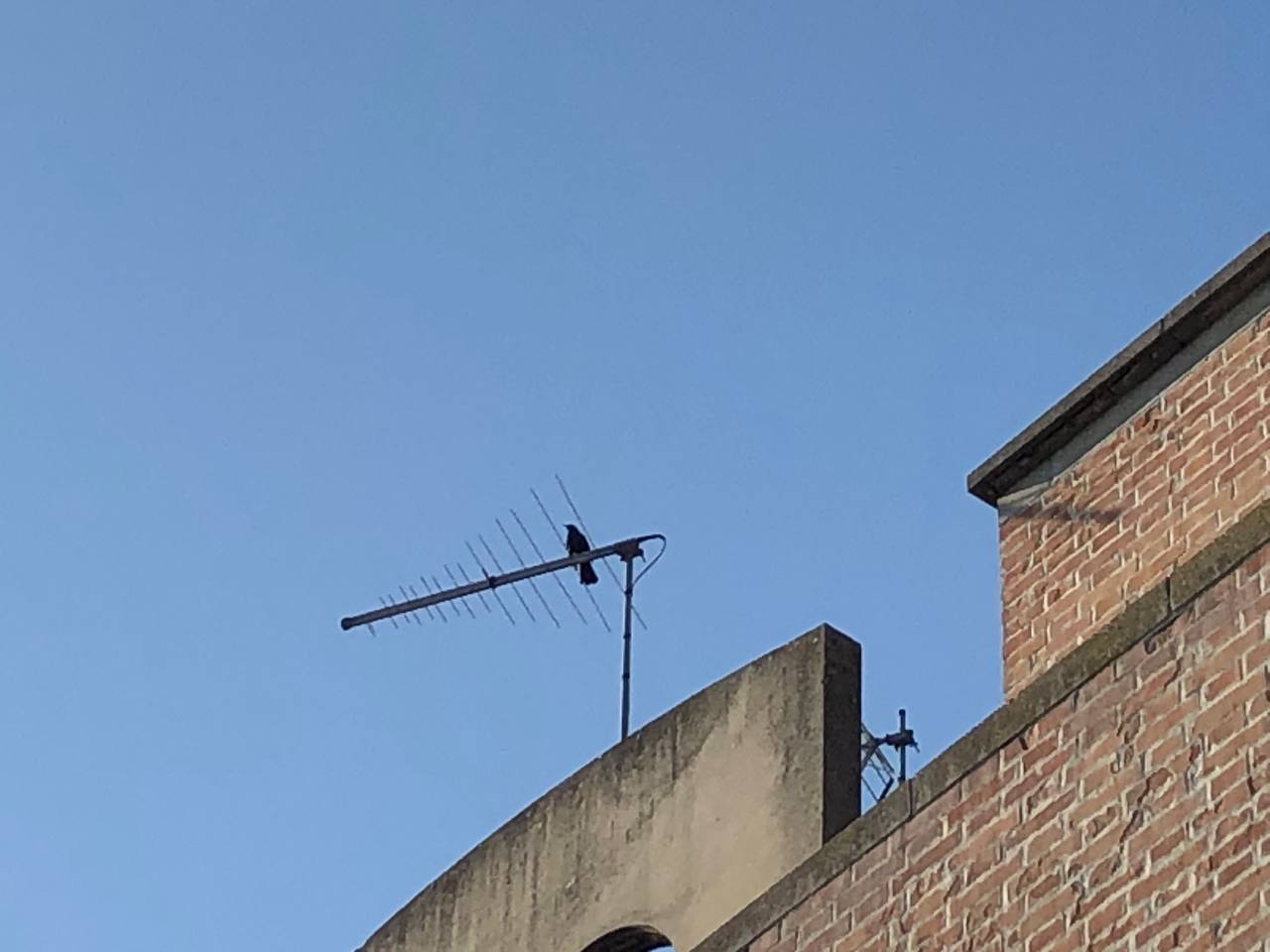
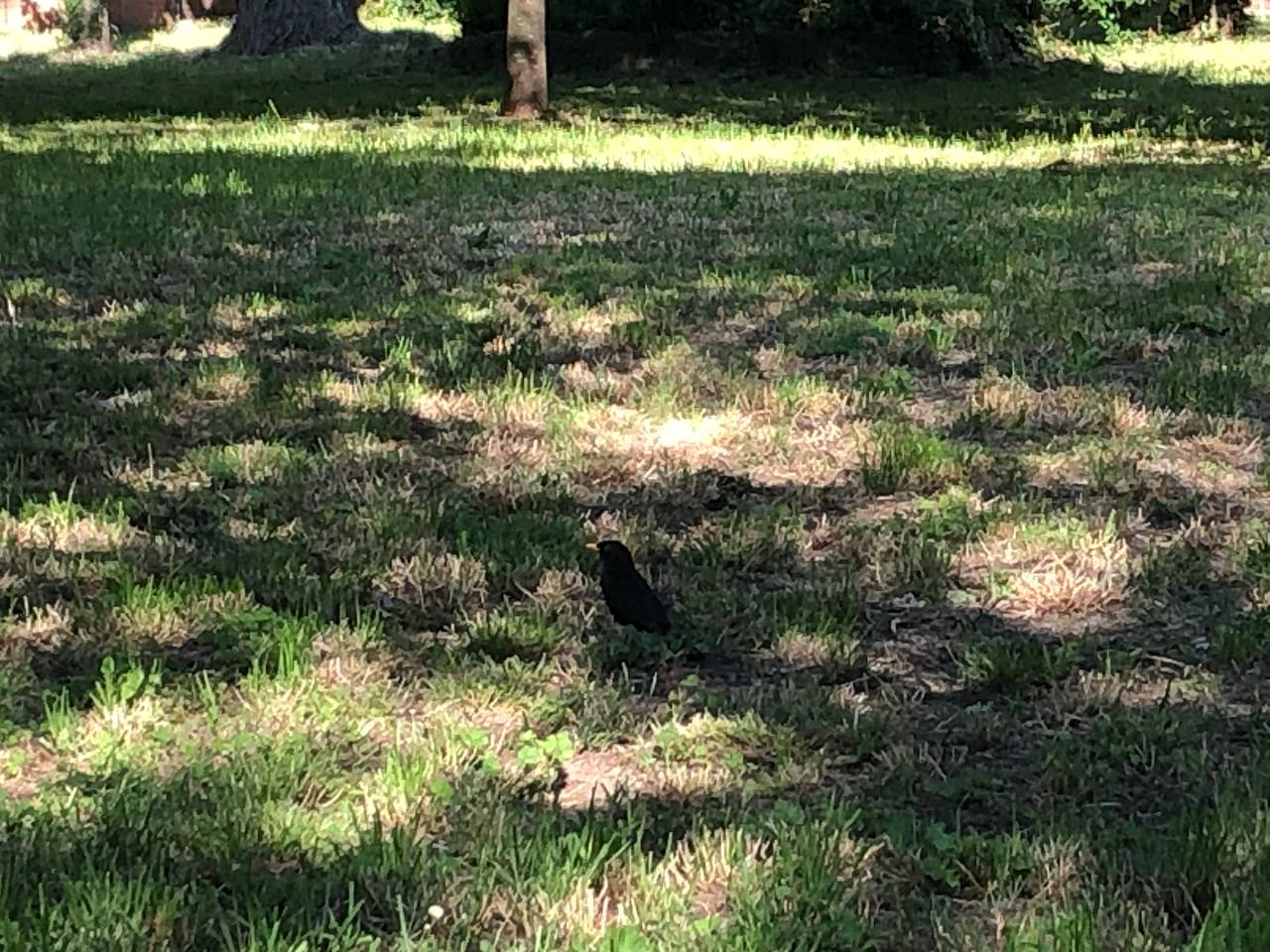
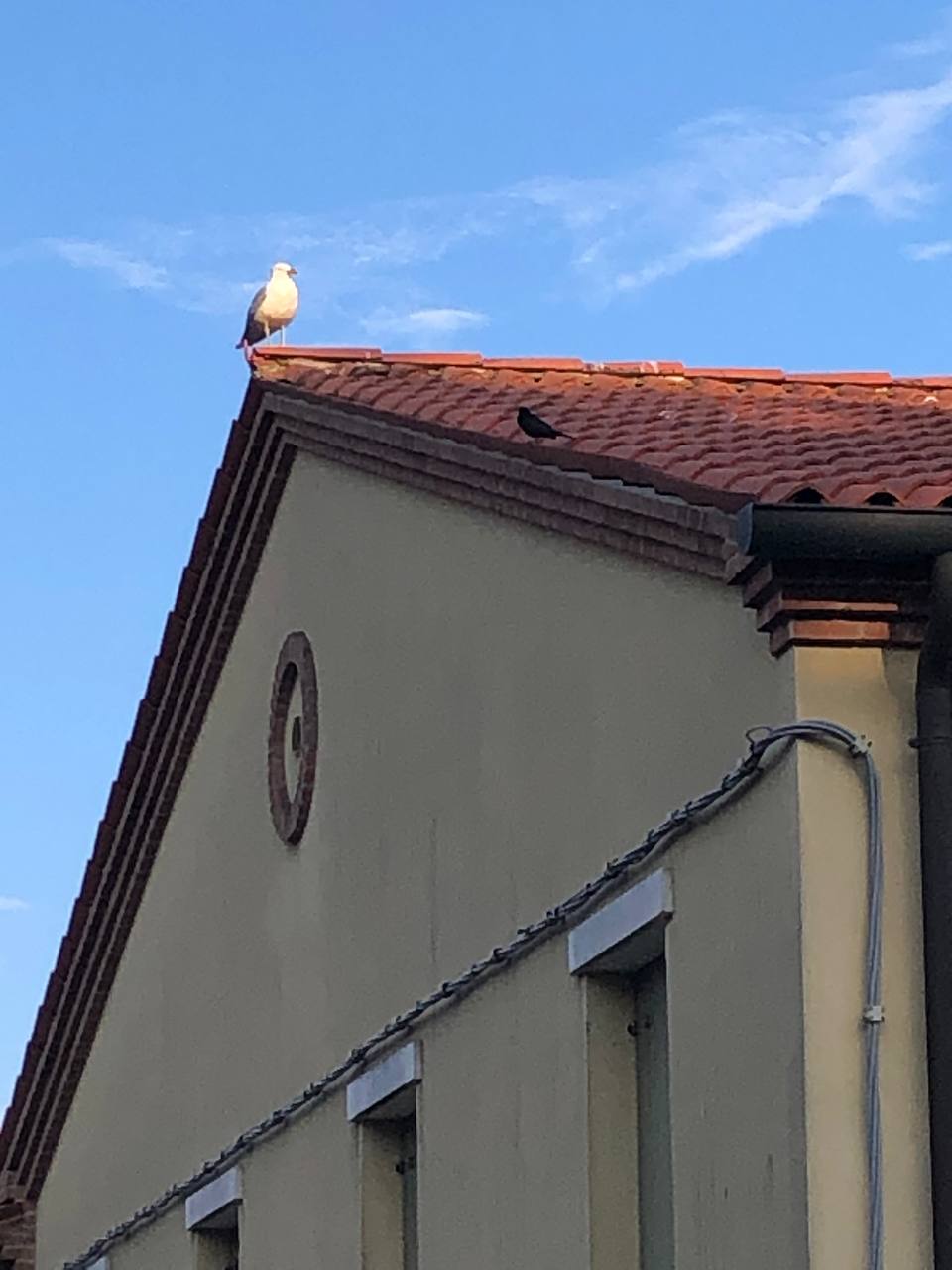
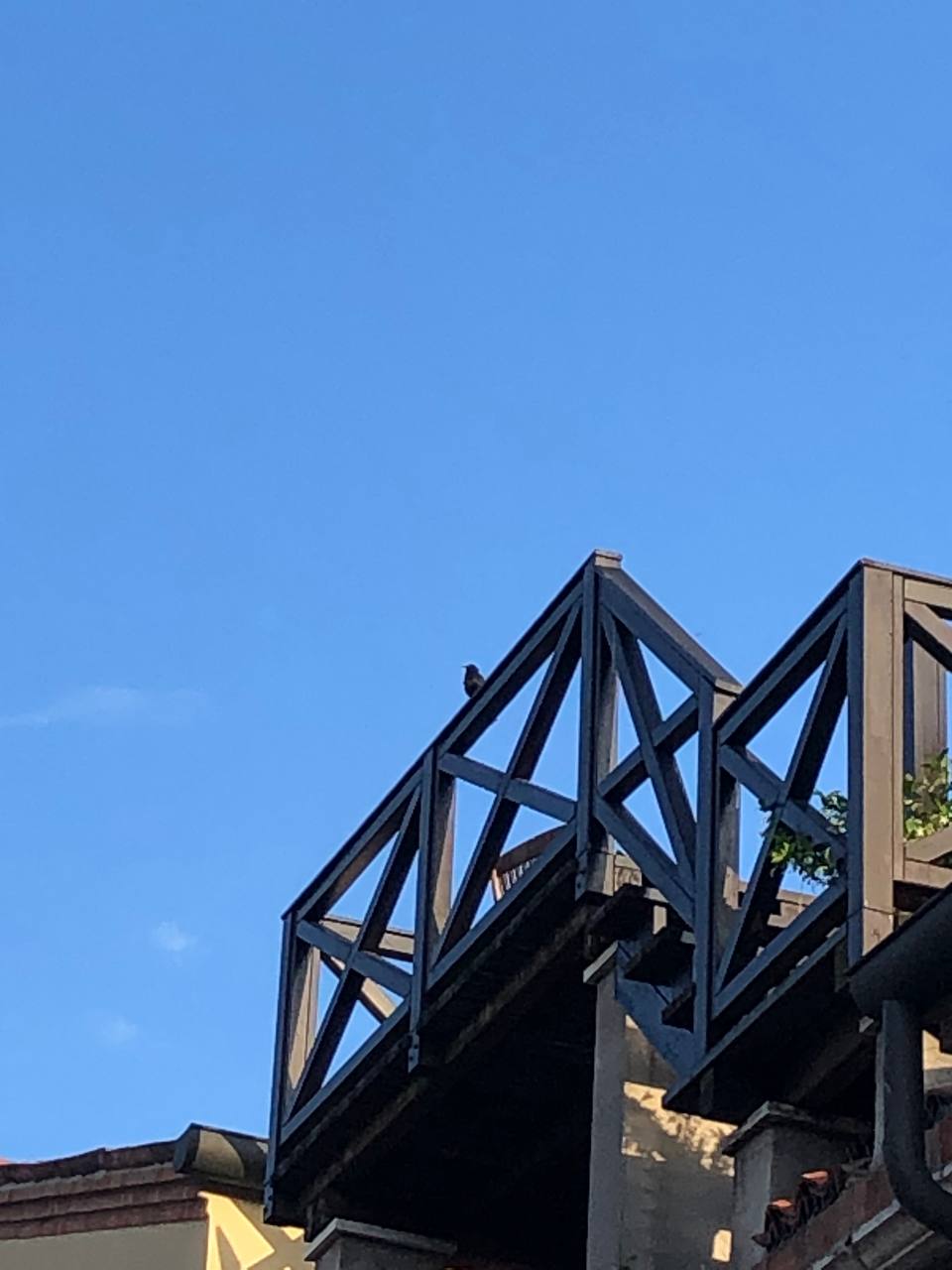
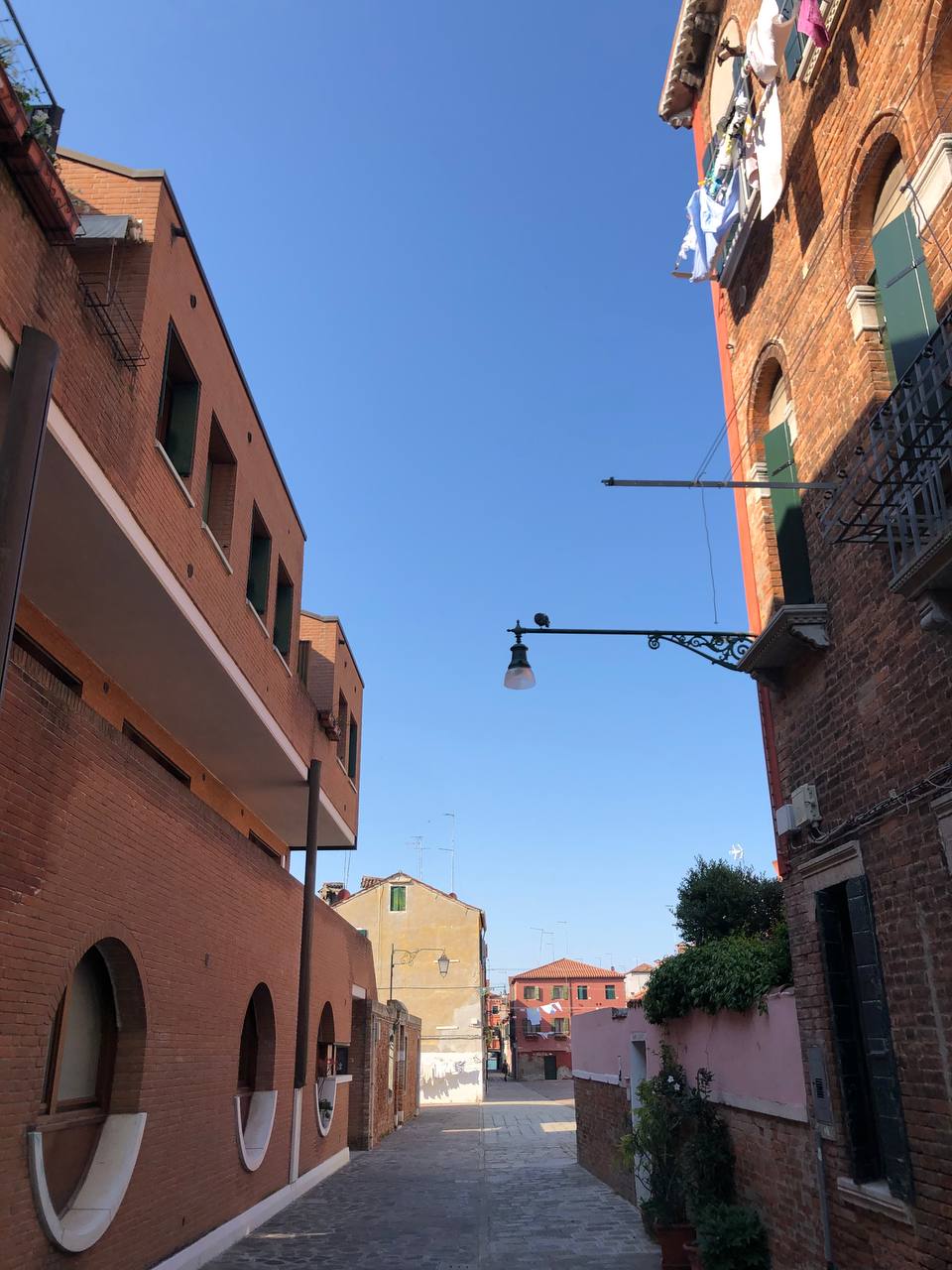
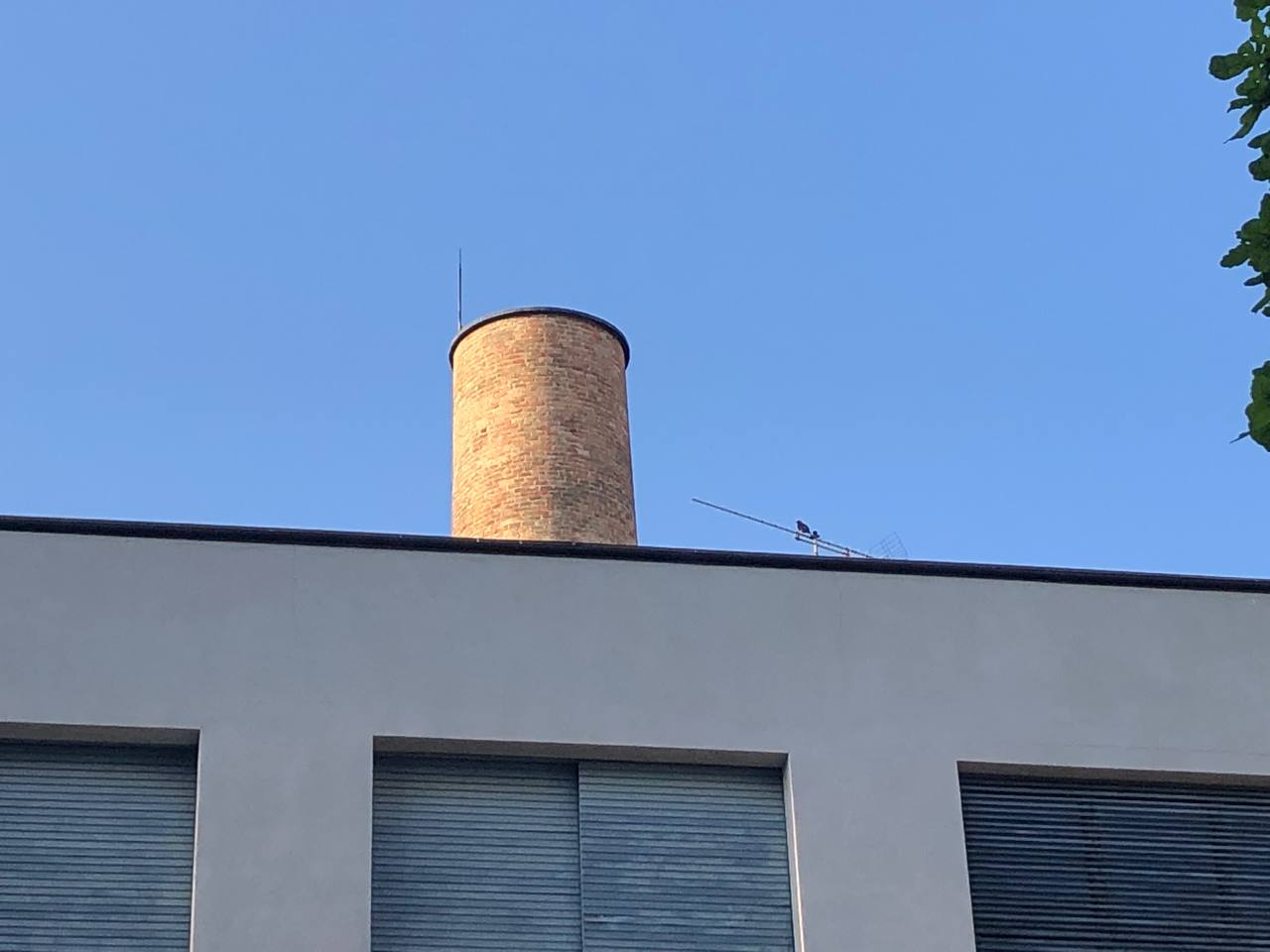
1. Giidecca and typology, as a model
2. New housing projects and attempts to refer to it
3. Typical Venetian sounds and sonic events:
4. Blackbirds' vocalisation as typical to Venice — and on giudecca as well
5. Terrestrial and aerial plans for soundwalking and investigating soundscape as a soundtope
2. New housing projects and attempts to refer to it
3. Typical Venetian sounds and sonic events:
4. Blackbirds' vocalisation as typical to Venice — and on giudecca as well
5. Terrestrial and aerial plans for soundwalking and investigating soundscape as a soundtope
The topological, typological and morphological structure of Giudecca appears to be, on the one hand, a simplified model for analysing characteristic elements of Venetian urban landscapes. On the other hand, new residential housing projects in an attempt to make references to these elements, produce new types of places and set up a dialogue between old and new. Several approaches in urban cartography, applied to the western part of Giudecca, can help to reveal the dynamics of such a dialogue. But the area itself with its own specificity can challenge these approaches and concepts which ground them.
Moreover, if one adopts a shift in perception from the visible to the sonic, wandering the island can lead the analysis to another expression of urban layout. Being an assemblage of characteristic Venetian urban elements, soundscape of Giudecca contains typical auditory events found in the city as well: low frequency humming of the aquatic transport system, slaps of water reflecting its movements, crunches and squeaks of ropes and wooden piles parking the boats which hit the surfaces while swaying on the waves, disseminating reverberations of the church bells, burbling flows of multiple languages, variations of silence in different calle, courtyards and campo, campielli and campazzo caused by acoustic properties of built environments.
One of the most prominent set of distinctive sounds present in the neighbourhoods is birds' vocalization fields and routes – sometimes blackcaps, starlings and jackdaws, aquatic birds and eurasian scops-owls, but during the day mostly seagulls, common wood pigeons and blackbirds assemble their own sonic rhythmic everyday discontinuums parallel to the terrestrial inhabitants and their environmental tools for inhabiting natural surroundings.
The latter, known for their exquisite melodic qualities and abilities to maintain territorial networks of communication, occupy with their singing to a greater extent newly built housing environments. Special attention to blackbirds' inhabiting strategies and musical tactics amplify the materiality of constructions and expressivity of acoustic places within the structure of the western Giudecca. What vocal stories of the territory do they tell? How can humans meet these species by hearing?
This brief guide presents a model for long-term participatory local analysis of the urban fabric, its environmental and rhythmic assemblages and manifolds, combining urban research and design, philosophical anthropology and geophilosophy, critical ecoacoustic and bioacoustic approaches within the schizoanalytic conceptual framework. It bridges a substantial gap in knowledge production, seeking for the ways of gaining and grasping it rather then producing and implementing. Moreover, it represents a scalable methodology for inhabiting rather than investigating research of sensory and corporeal territories of the everyday and presents a pathway for bottom-up linguistics and inhuman environmental musicology.
Moreover, if one adopts a shift in perception from the visible to the sonic, wandering the island can lead the analysis to another expression of urban layout. Being an assemblage of characteristic Venetian urban elements, soundscape of Giudecca contains typical auditory events found in the city as well: low frequency humming of the aquatic transport system, slaps of water reflecting its movements, crunches and squeaks of ropes and wooden piles parking the boats which hit the surfaces while swaying on the waves, disseminating reverberations of the church bells, burbling flows of multiple languages, variations of silence in different calle, courtyards and campo, campielli and campazzo caused by acoustic properties of built environments.
One of the most prominent set of distinctive sounds present in the neighbourhoods is birds' vocalization fields and routes – sometimes blackcaps, starlings and jackdaws, aquatic birds and eurasian scops-owls, but during the day mostly seagulls, common wood pigeons and blackbirds assemble their own sonic rhythmic everyday discontinuums parallel to the terrestrial inhabitants and their environmental tools for inhabiting natural surroundings.
The latter, known for their exquisite melodic qualities and abilities to maintain territorial networks of communication, occupy with their singing to a greater extent newly built housing environments. Special attention to blackbirds' inhabiting strategies and musical tactics amplify the materiality of constructions and expressivity of acoustic places within the structure of the western Giudecca. What vocal stories of the territory do they tell? How can humans meet these species by hearing?
This brief guide presents a model for long-term participatory local analysis of the urban fabric, its environmental and rhythmic assemblages and manifolds, combining urban research and design, philosophical anthropology and geophilosophy, critical ecoacoustic and bioacoustic approaches within the schizoanalytic conceptual framework. It bridges a substantial gap in knowledge production, seeking for the ways of gaining and grasping it rather then producing and implementing. Moreover, it represents a scalable methodology for inhabiting rather than investigating research of sensory and corporeal territories of the everyday and presents a pathway for bottom-up linguistics and inhuman environmental musicology.
Giudecca as a model for collective audit of terrestrial aerial plans of local neighbourhoods
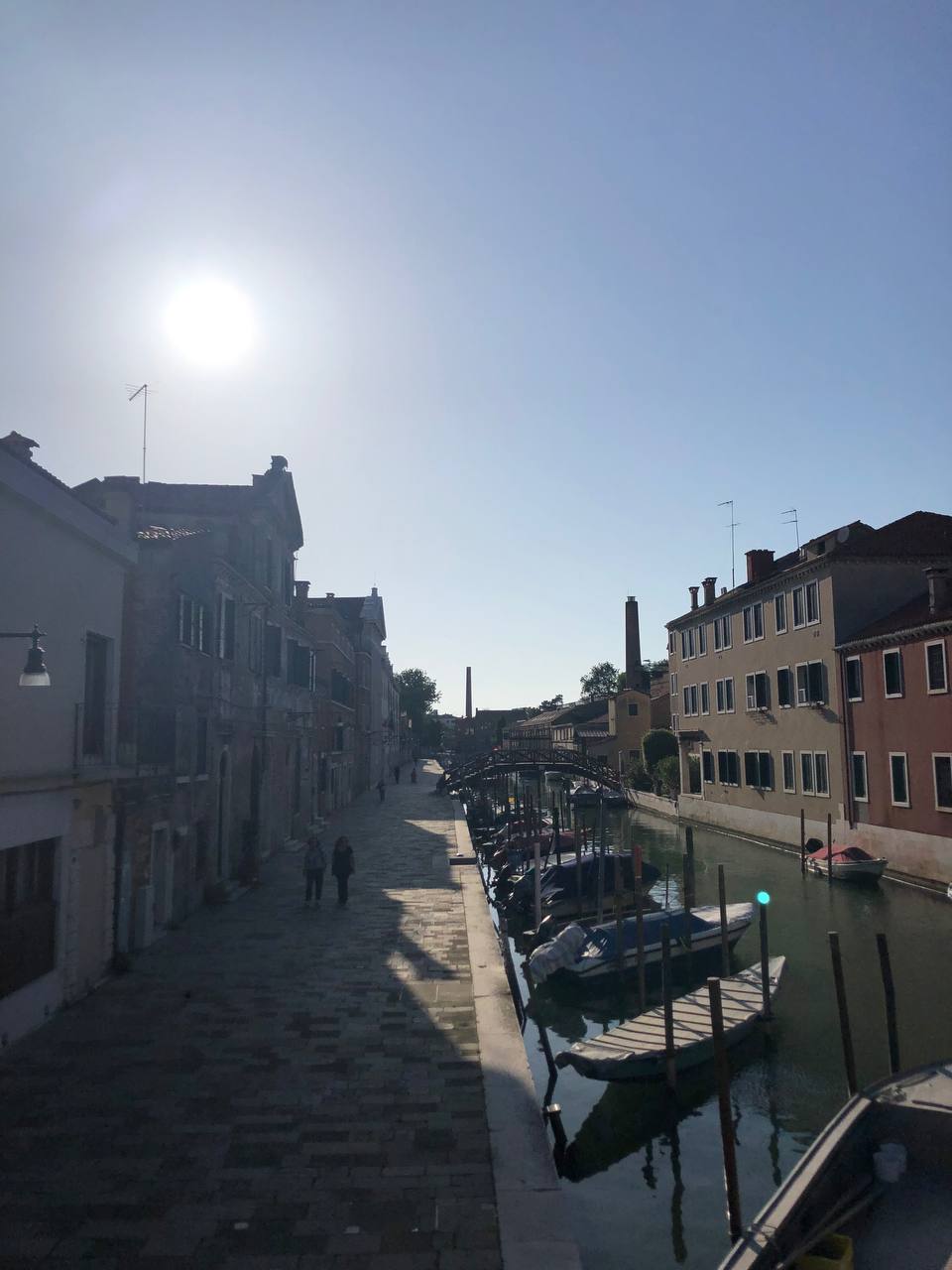
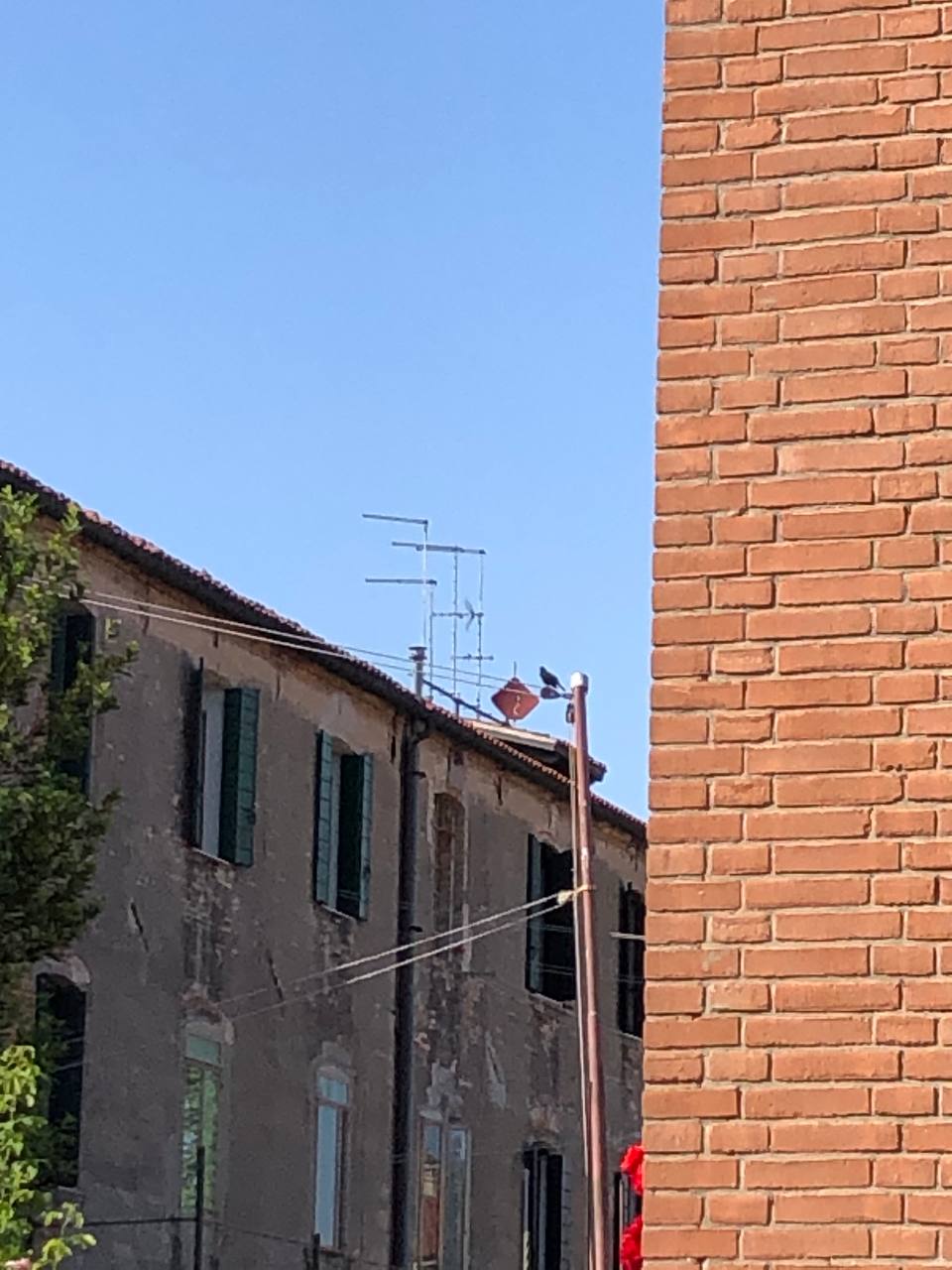
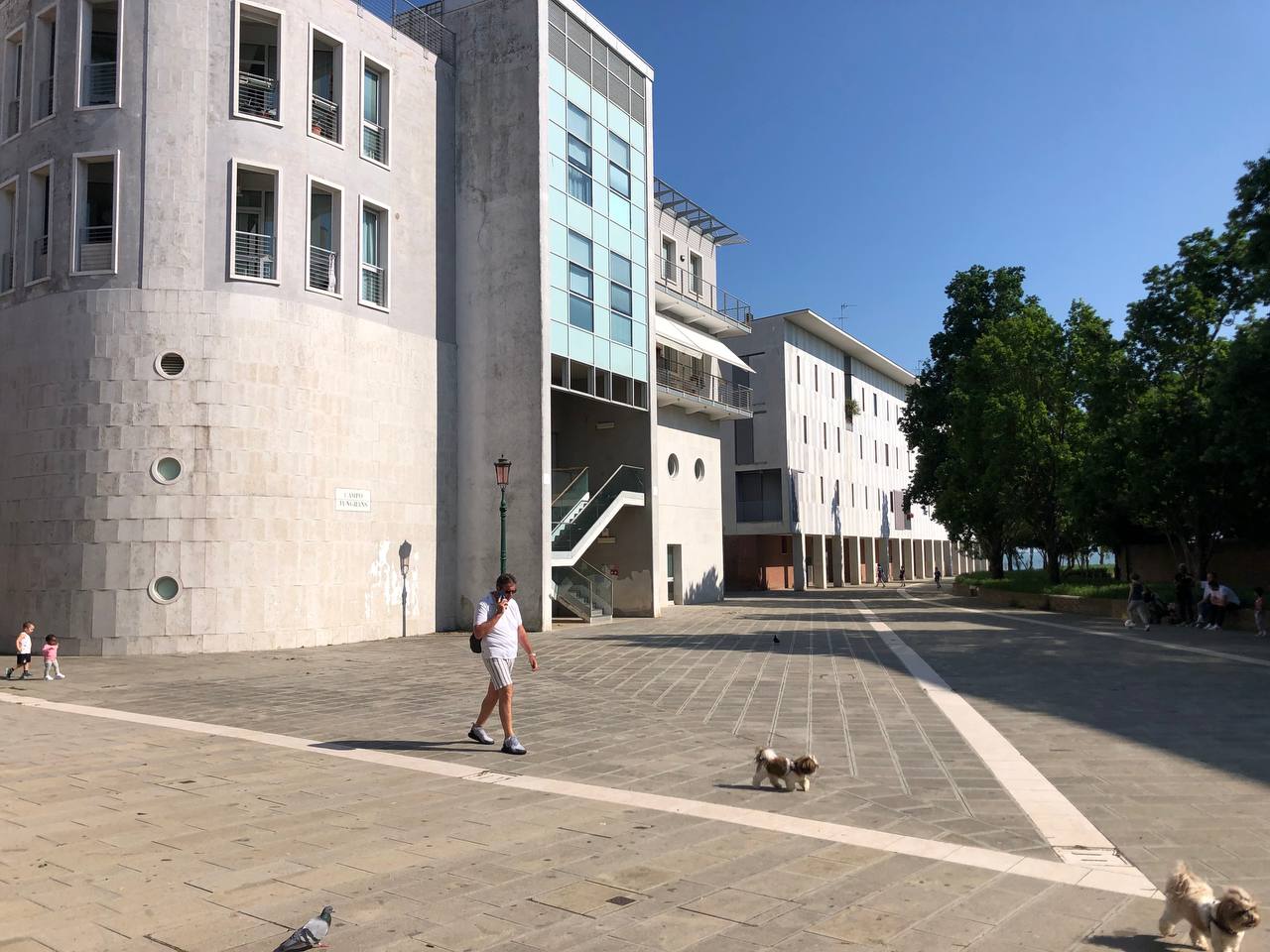
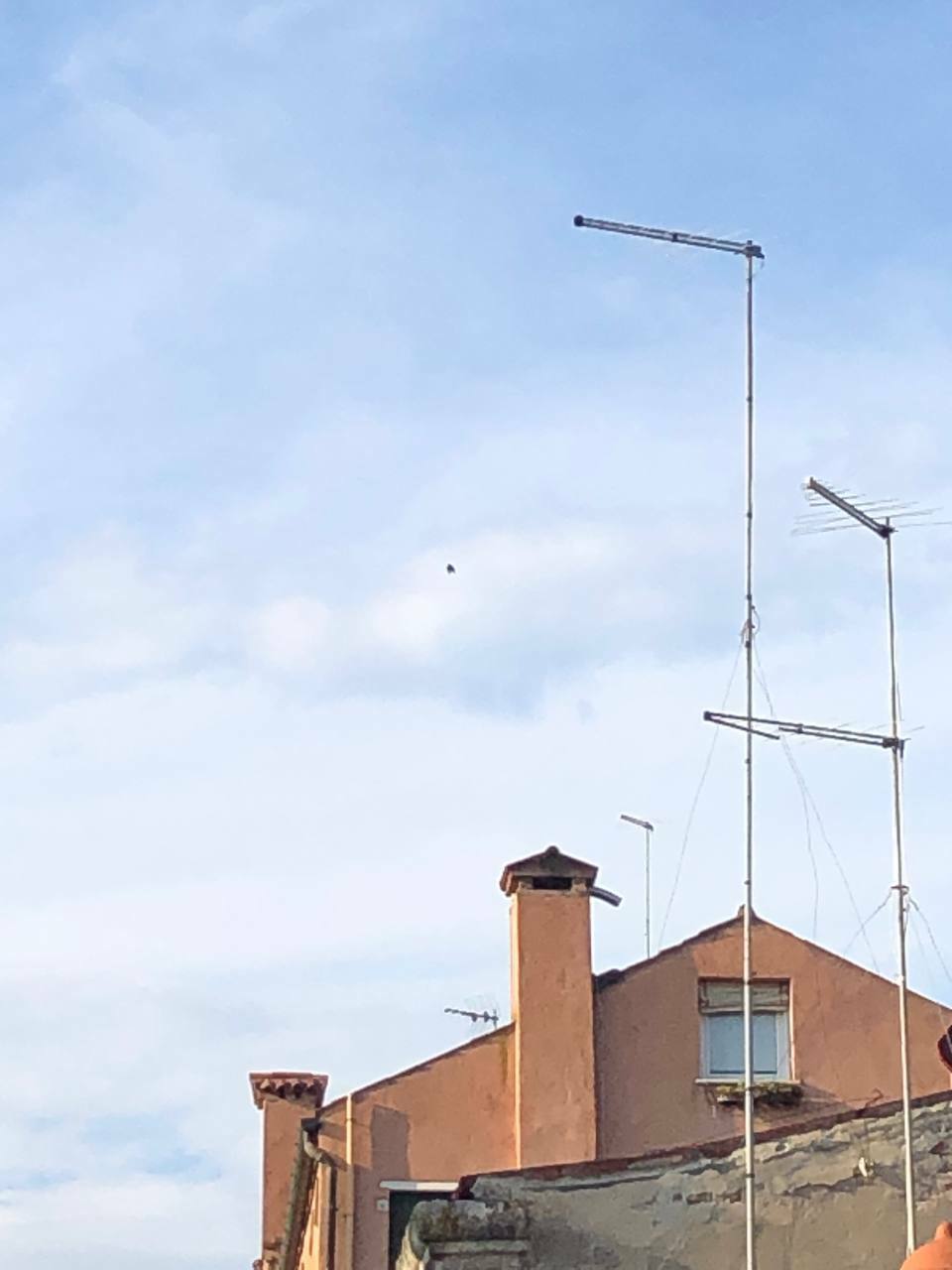
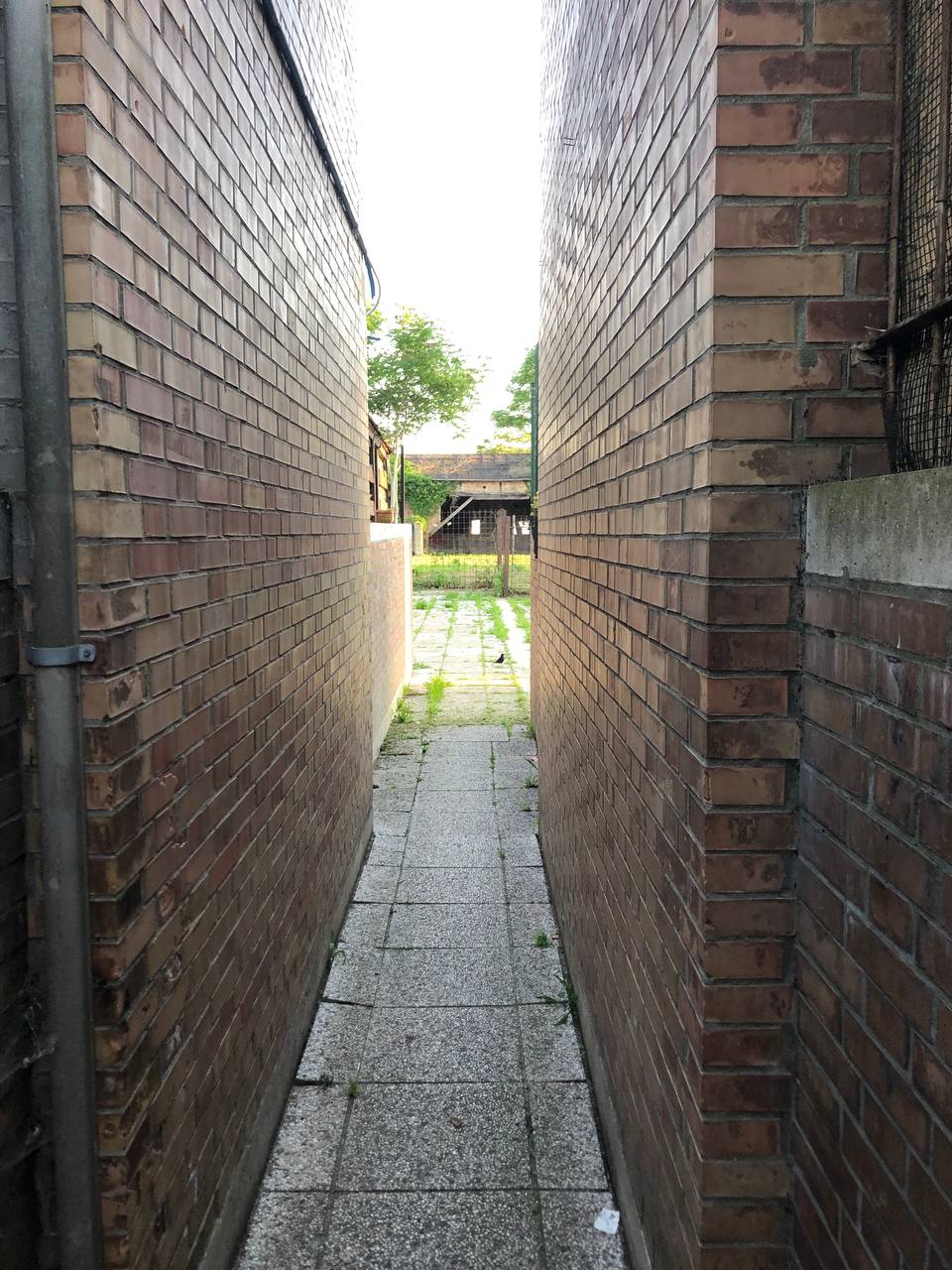
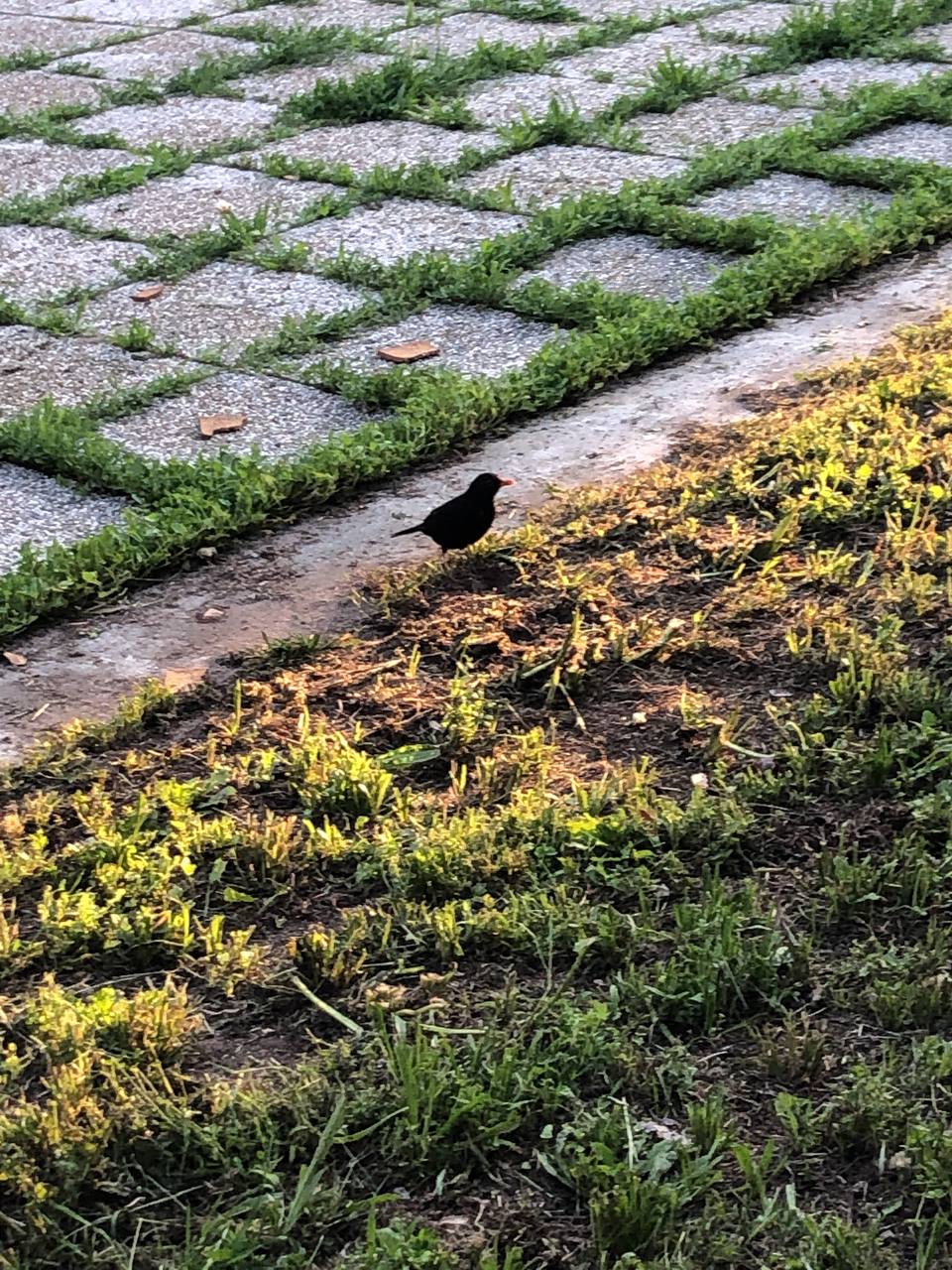
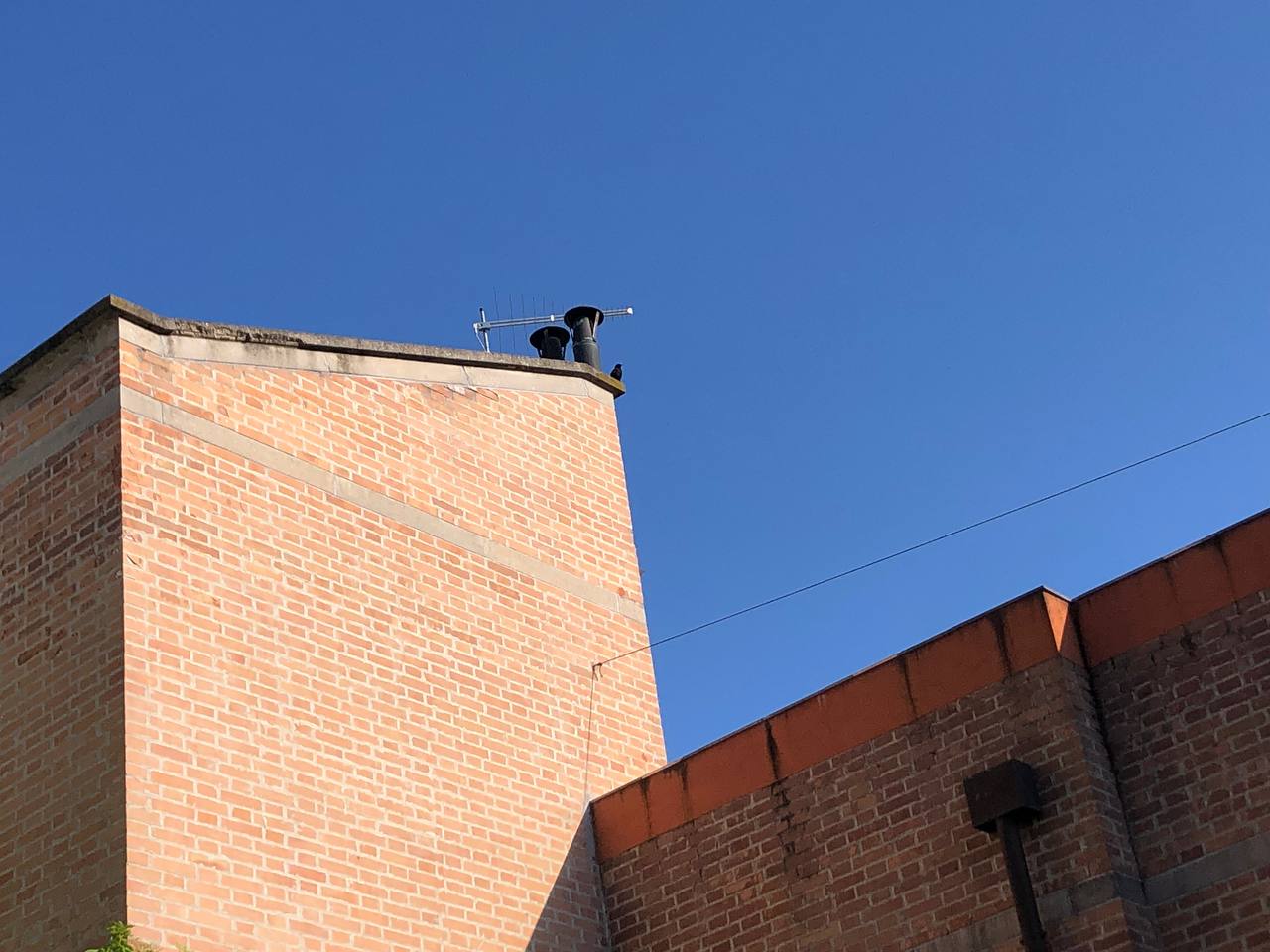

MOTIVE HYPOTHESIS
CUT&FIELD HYPOTHESIS
variable introductory part of a single blackbird vocalization phrase segment, which is used to amplify acoustic environment and attract responder's attention (a cut in the noise producing the active space signalling field)
function of territorial linguistic dialect corresponding to the signal "allora" in Italian
territorial cut, which amplifies natural and built environment and produce communication field
function of territorial linguistic dialect corresponding to the signal "allora" in Italian
territorial cut, which amplifies natural and built environment and produce communication field
allóra (tronc. allór) avv. [lat. *ad illam hōram]. – 1. In quel momento, in quell'istante: Allor fu la paura un poco queta (Dante); a. non compresi subito; per estens., in quel tempo: a. usavano le gonne corte; anche riferito al futuro: quando avrai la mia esperienza, soltanto a. potrai parlare. Rafforzato, fu a. che..., a. sì che...: fu a. che io mi arrabbiai; a. sì che mi vidi perduto. In locuzioni: di a., d'a., di quel tempo: la moda di oggi è assai diversa da quella d'a. (riferito anche a persone: gli studenti di a., gli artigiani di a.; con sign. simile, e con funzione più strettamente aggettivale: l'allora ministro della Pubblica istruzione); da a., da a. in poi, da a. innanzi, a partire da quel momento: da a. non l'ho più rivisto; letter., d'allor che, d'allora che, da quando, dal momento in cui: Come solinga è fatta La mente mia d'allora Che tu quivi prendesti a far dimora (Leopardi); fino a., sin a., fino a quel tempo, fino a quel momento: ero stato in casa fino a.; e fino a. non potrò sapere nulla?; per a., per quel tempo, per quel giorno (futuro): per a. il lavoro sarà già finito; riferito al passato, accenna spesso a cose interrotte: per a. non si parlò più della partenza; anche, con valore limitativo, dati i tempi, rispetto a quei tempi: per a. era già una velocità prodigiosa; a. come a., sul momento, in quella circostanza: a. come a. non potevo dargli nessuna assicurazione; a. come a., l'affar più urgente era di passarlo [il fiume], dovunque si fosse (Manzoni); allora allora, proprio in quell'istante, qualche istante prima: giunsi alla stazione che il treno era partito allora allora. 2. Ha senso più indeterminato in frasi interrogative: a., che decidi?; allora? ..., attendendo una risposta, una decisione, il racconto di un fatto; o esclamative: a. poi!... (cioè: se le cose stanno veramente così!...). 3. Come cong. conclusiva, ebbene, dunque, se è così: non ti piace?, a. non voglio insistere; in questo caso, in tal caso: se la cosa sta proprio come tu dici, a. va bene. Per le cong. temporali allor che, allor quando, si vedano le forme in grafia unita allorché, allorquando.
cuts and fields are terrestrial aerial elements of venetian both visual and sonic urbanosphere plans, landscapes and soundscapes
canals, being aquatic are simultaneously terrestrial and aerial, appear to be both cuts and fields
blackbird vocalizations are typically venetian sonic events, dynamic and performative soundmarks, environmental cuts and fields meeting human environments historically, ecologically and situationally
canals, being aquatic are simultaneously terrestrial and aerial, appear to be both cuts and fields
blackbird vocalizations are typically venetian sonic events, dynamic and performative soundmarks, environmental cuts and fields meeting human environments historically, ecologically and situationally
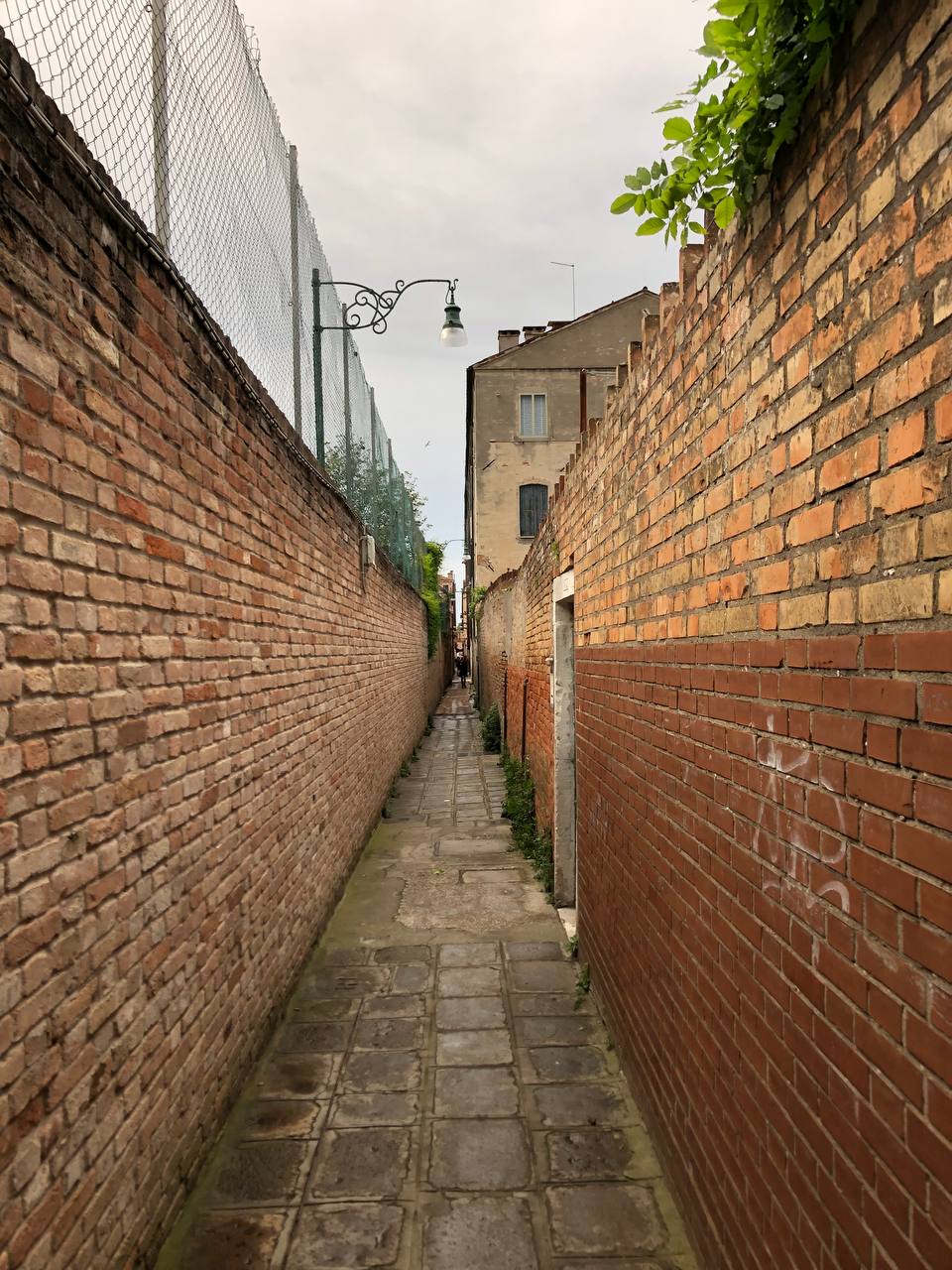
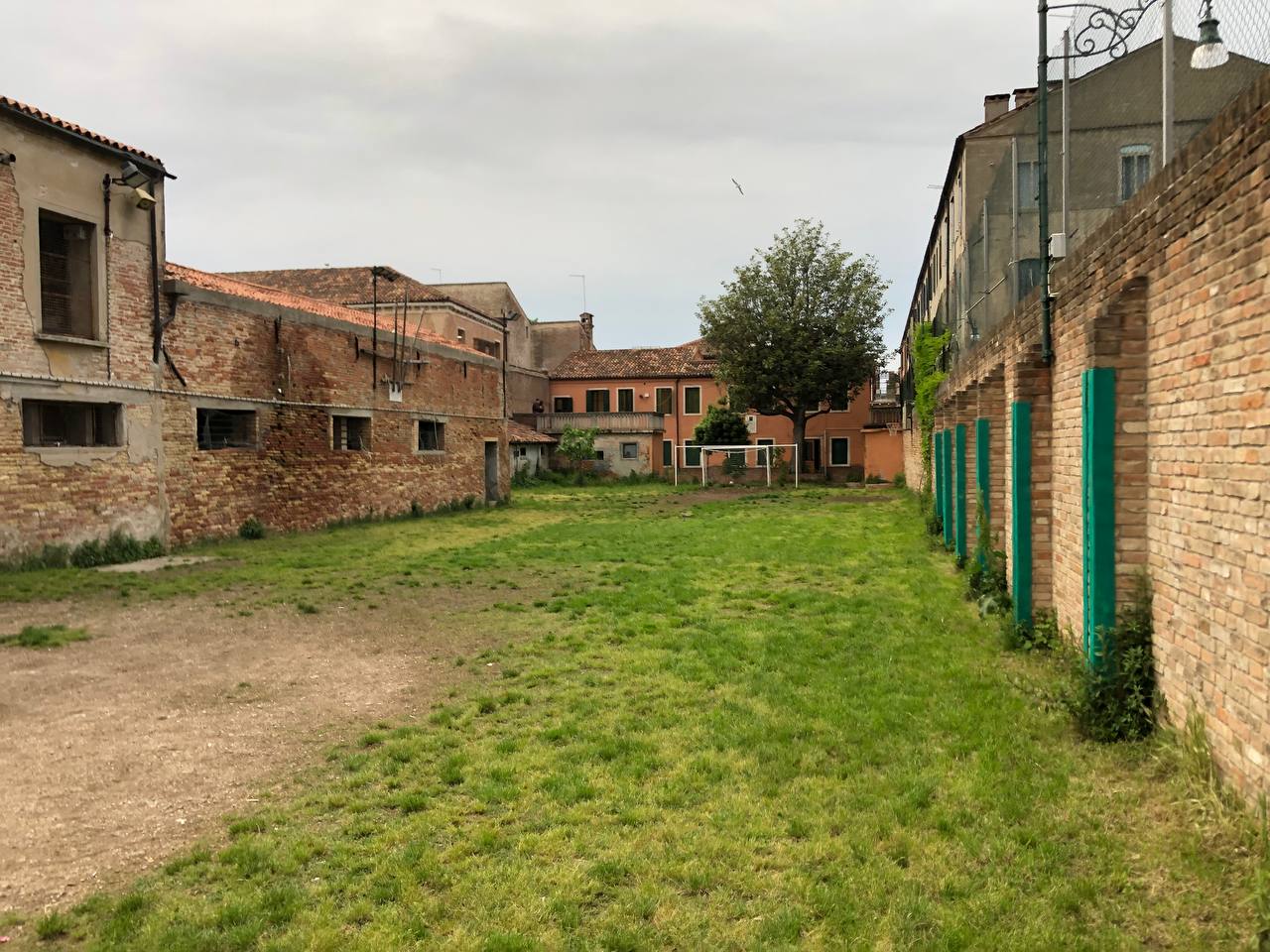
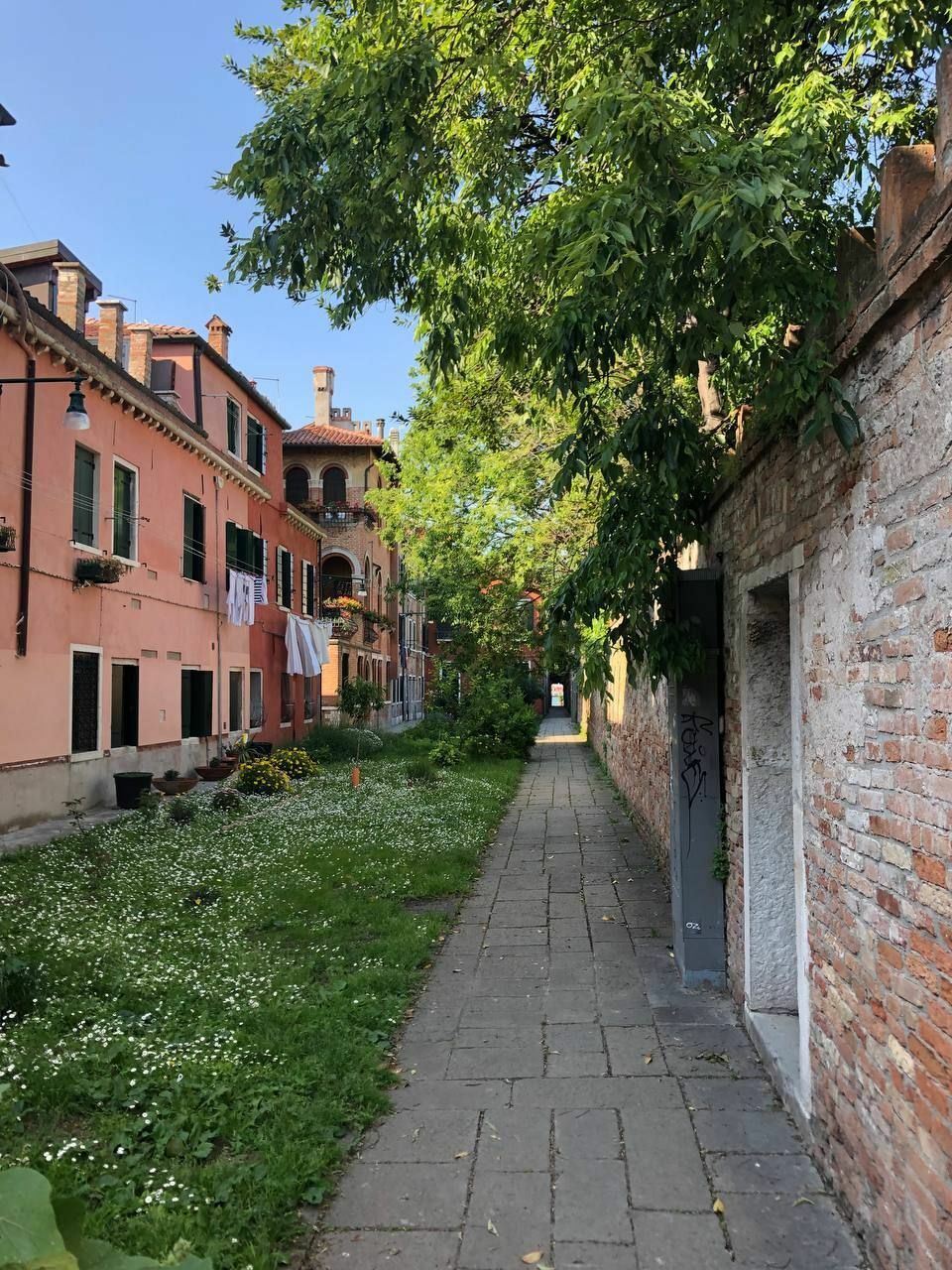
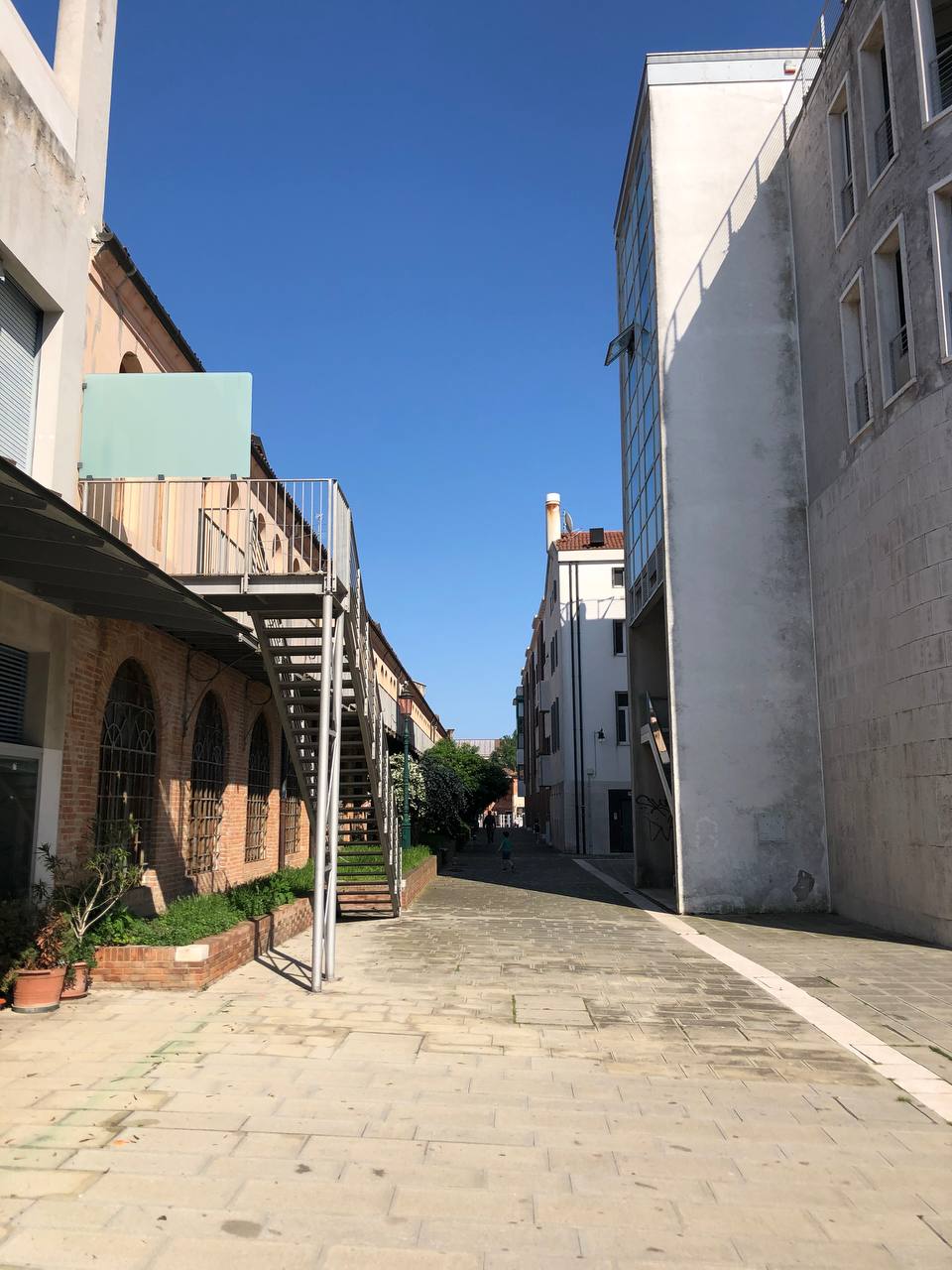
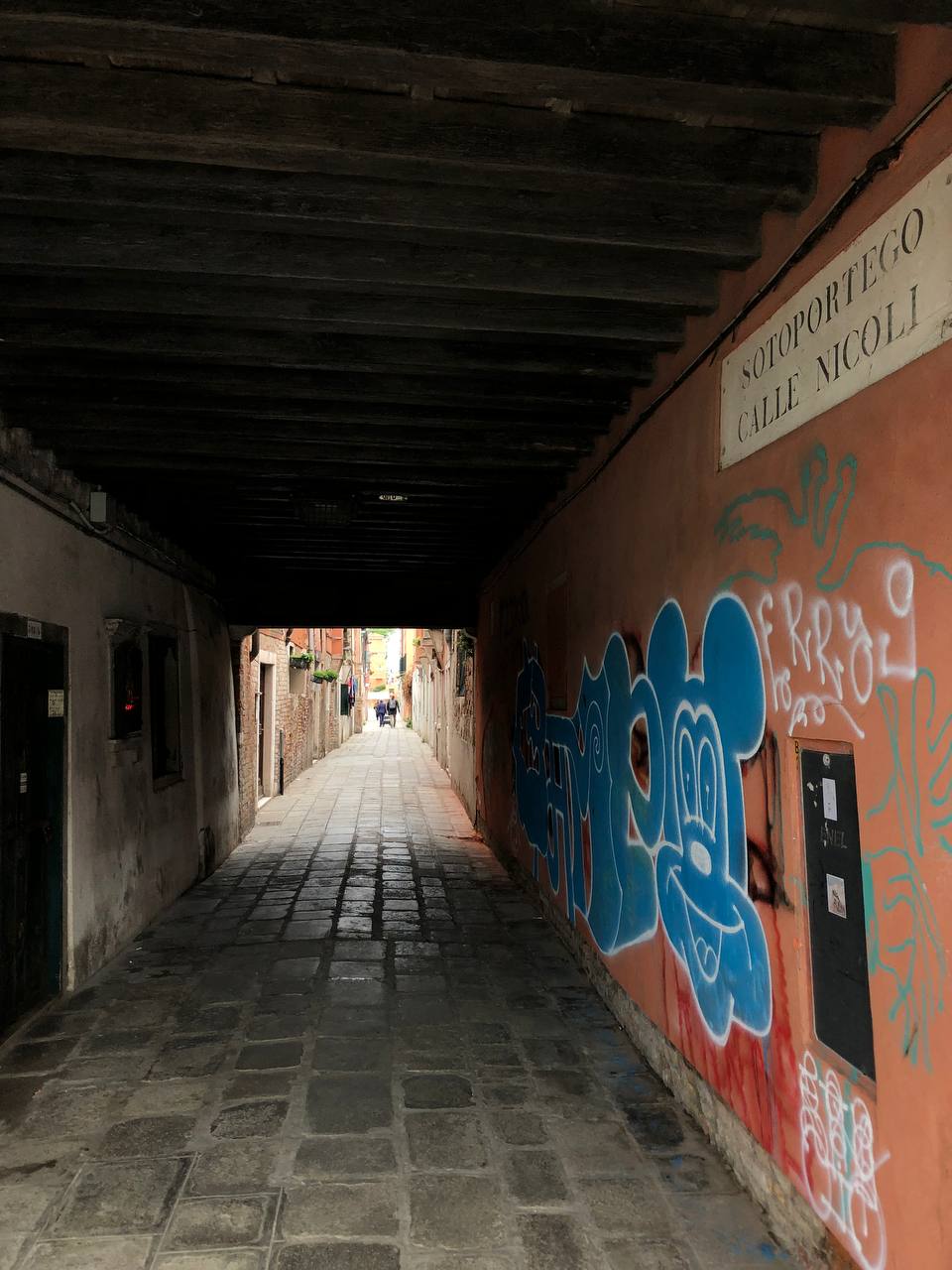
1. Giidecca and typology, as a model
2. New housing projects and attempts to refer to it
3. Typical Venetian sounds and sonic events:
4. Blackbirds' vocalisation as typical to Venice — and on giudecca as well
5. Terrestrial and aerial plans for soundwalking and investigating soundscape as a soundtope
2. New housing projects and attempts to refer to it
3. Typical Venetian sounds and sonic events:
4. Blackbirds' vocalisation as typical to Venice — and on giudecca as well
5. Terrestrial and aerial plans for soundwalking and investigating soundscape as a soundtope
The Cut can be terrestrial and aerial as well.
Terrestrial fields continuously become aerial and encounter aquatic.
Aquatic is either aquatic terrestrial or aquatic aerial. A canal as a field is audible aerial, produced by aquatic encountering terrestrial, canal as a cut is aquatic aerial assembled by terrestrial materials expressed in the forms of built environments and infrastructural rhythms.
Terrestrial environmental manifolds are deployed by the rhythmical ones becoming aerial and expressed by the aquatic substance.
Terrestrial fields continuously become aerial and encounter aquatic.
Aquatic is either aquatic terrestrial or aquatic aerial. A canal as a field is audible aerial, produced by aquatic encountering terrestrial, canal as a cut is aquatic aerial assembled by terrestrial materials expressed in the forms of built environments and infrastructural rhythms.
Terrestrial environmental manifolds are deployed by the rhythmical ones becoming aerial and expressed by the aquatic substance.
Terrestrial Aerial Dialectics






All terrestrial is audibly aquatic, because, as R. Haven Wiley explains
By transferring the movement of the tympanum in air to movements in a fluid, the fluctuations of pressure in air have been transformed into oscillating movements of a fluid. In this way the hearing of all terrestrial vertebrates ultimately occurs underwater
[R. Haven Wiley. Noise Matters: The Evolution of Communication, Harvard University Press, 2015. P.39].
Terrestrial cut produces an aerial field. Terrestrial cut is assembled with some of terrestrial fields. Aerial cut disrupts the continuum of terrestrial field. Environment resonates with the characteristic content and form of cuts and fields of the urban anarchitecture.
Terrestrial field of the built environment provides the aerial field with specific acoustic capacities and potential tendencies
A step is a terrestrial cut becoming aerial, which gravitational field being terrestrial generates sonic effects on the aerial plan
A blackbird 4 minute song is an aerial cut becoming aerial by being terrestrial. It consists of a neighbourhood motive (cut the environmental noise field), an additional melodic sketch (cut the melodic terrestrial becoming aerial soundscape) and a percussive message section of phrases (enhance the performative aerial field) – basic elements of the song.
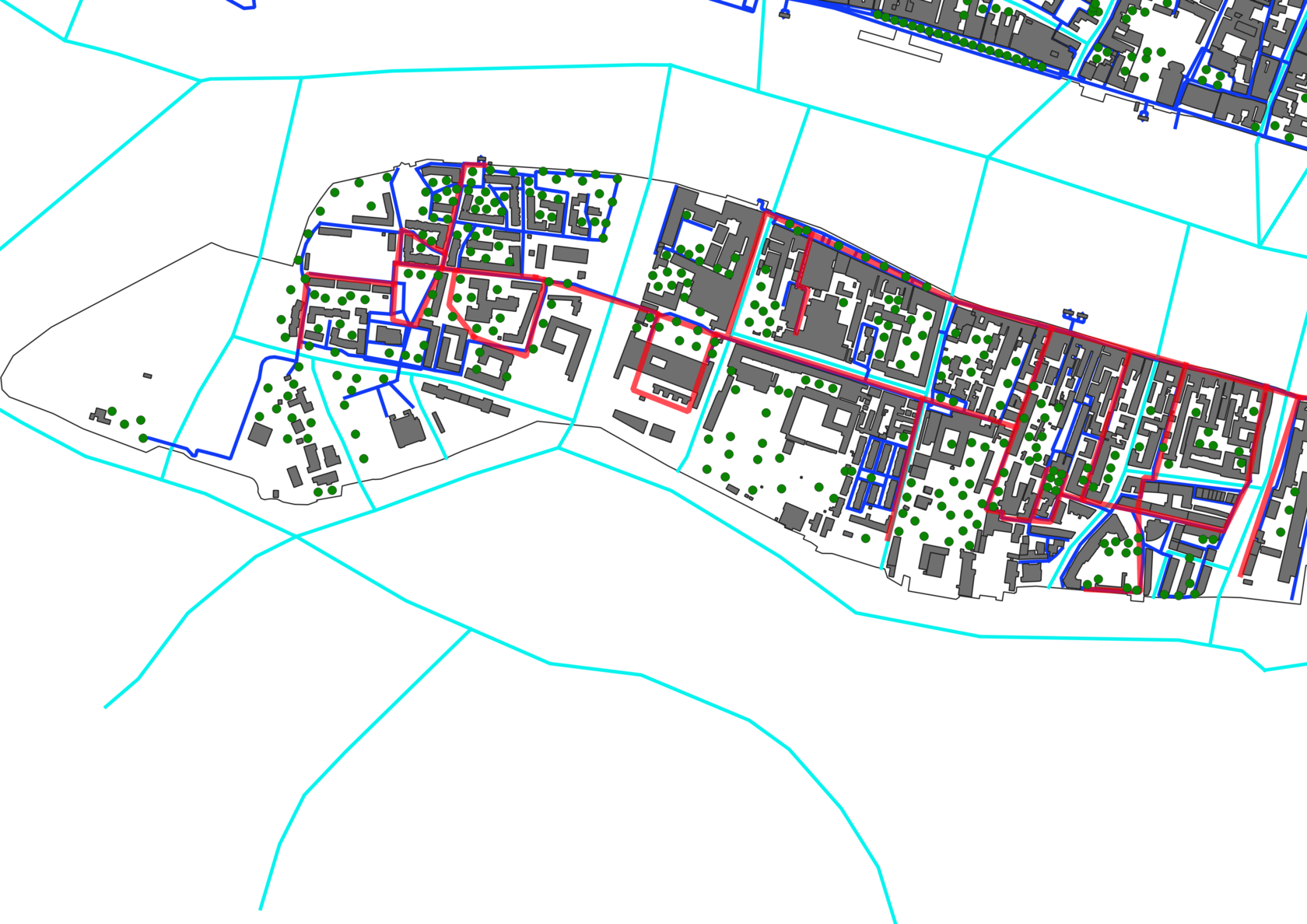
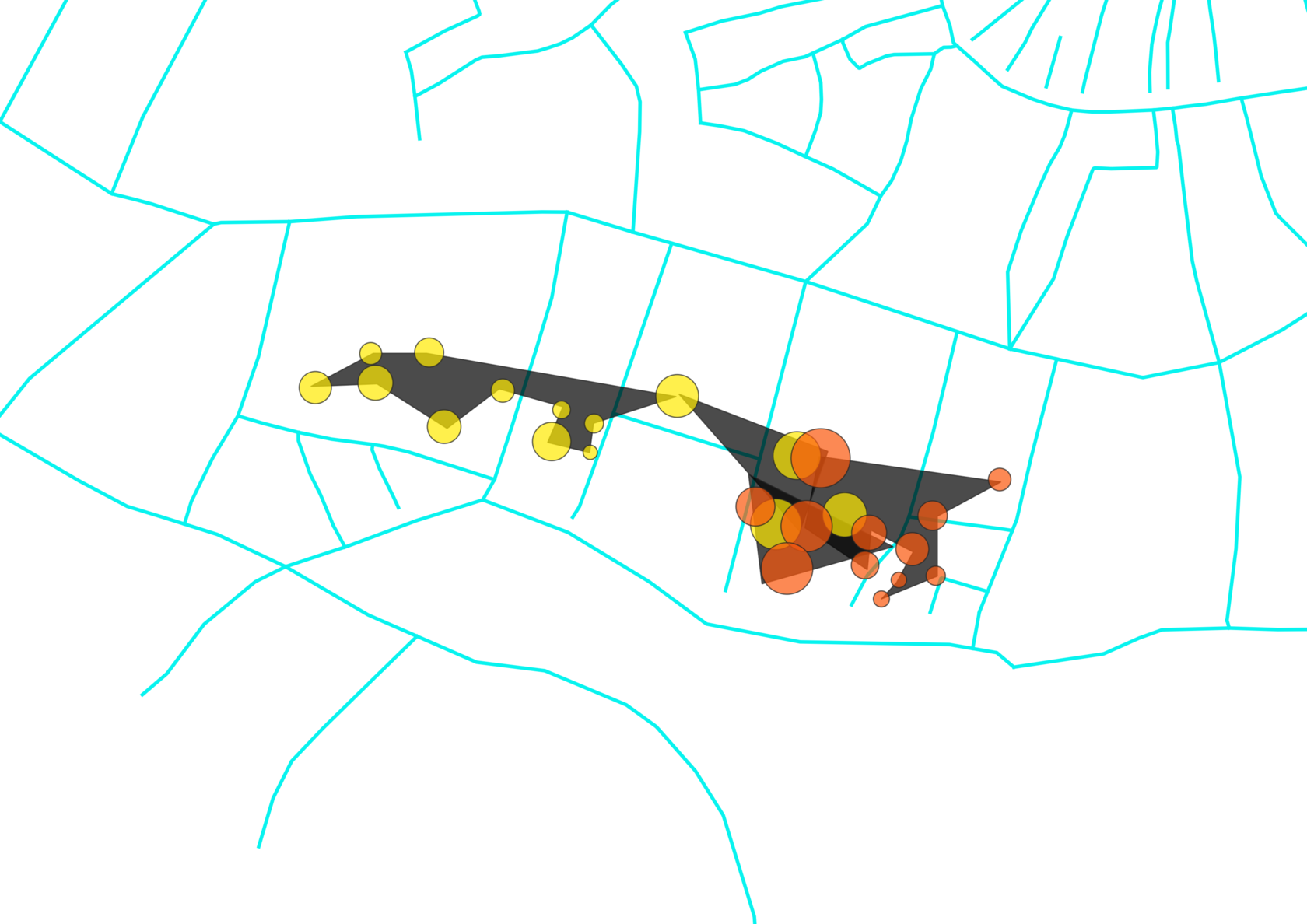
Terrestrial encountering aquatic
Aerial encountering aquatic
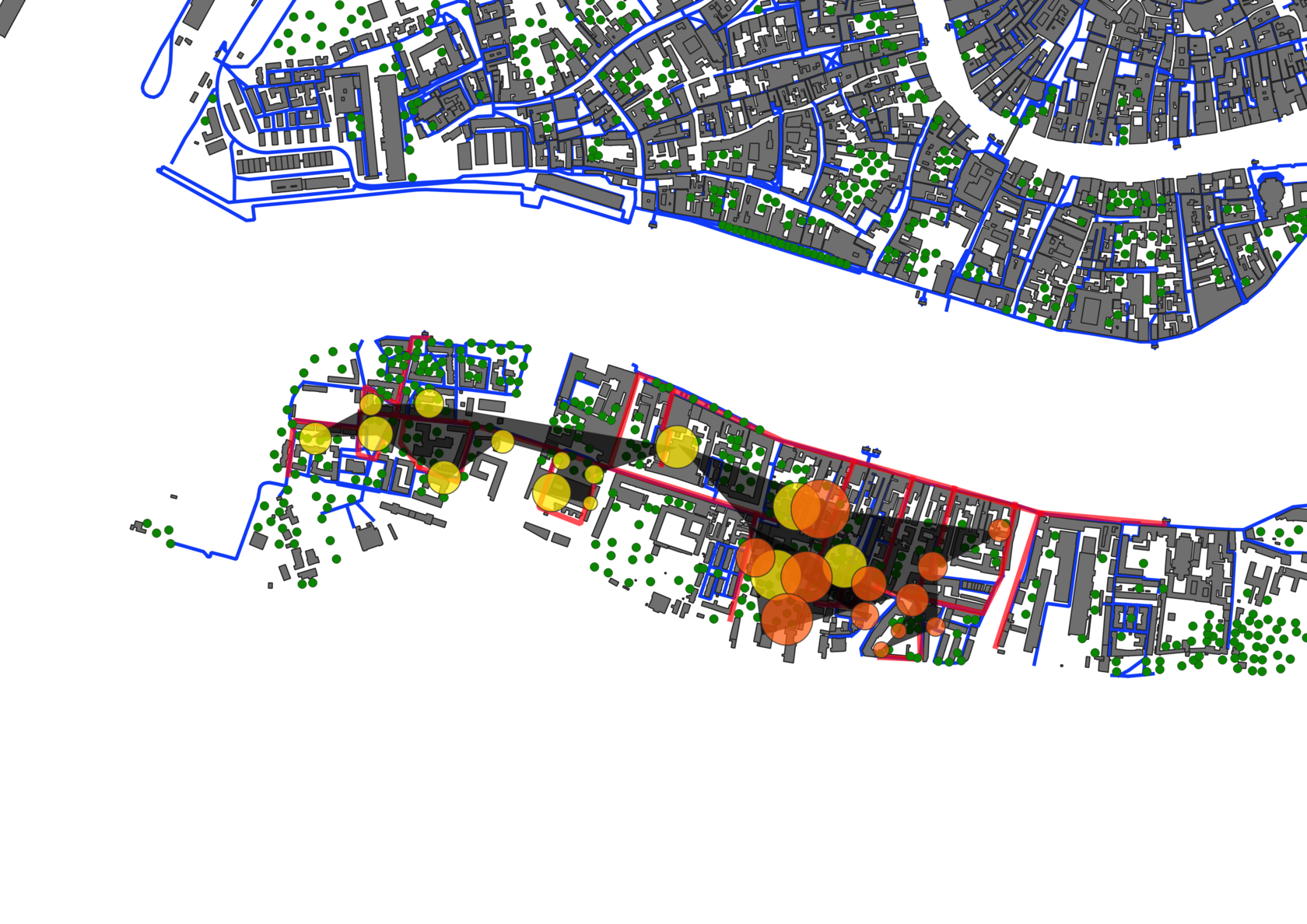
Terrestrial aerial
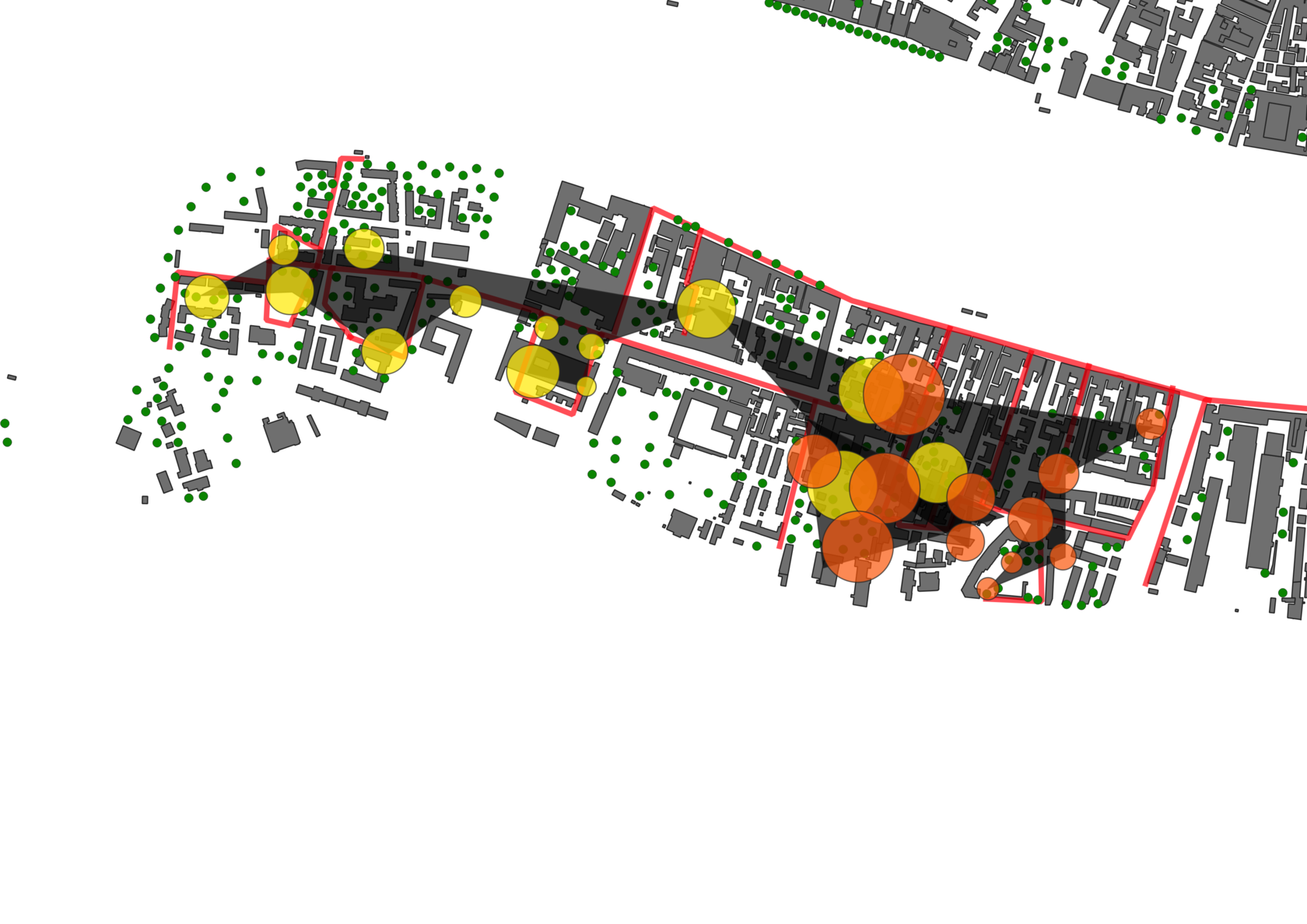
Aerial terrestrial
Terrestrial
Aerial
Aquatic
Vibrational discontinuum
Aerial
Sonic Cuts&Fields Research Design
Blackbirds' songs have been observed during March, April and May, 2023.
Most of visited performance appeared to be during 3–9 pm.
Western part of Giudecca From Redentore church together with Sacca Fisola has been divided into 2 cut&field edge-node paths, 2 cut&field districts of Palanca (east and west), cut&field edge-node district of San Cosmo, path-node and motive aerial edge and terrestrial aquatic node of Fondamenta delle Convertiti.
Acoustic differences were tackled within the framework of terrestrial aerial dialectics and rhythmanalytic environmental schizocartography.
Several sets of field recordings were made with a specific attention to cataloguing blackbirds' motives and their territorial deployment and its performative variations.
Two regional inhabiting motives were revealed in the course of territorial audit.
Most of visited performance appeared to be during 3–9 pm.
Western part of Giudecca From Redentore church together with Sacca Fisola has been divided into 2 cut&field edge-node paths, 2 cut&field districts of Palanca (east and west), cut&field edge-node district of San Cosmo, path-node and motive aerial edge and terrestrial aquatic node of Fondamenta delle Convertiti.
Acoustic differences were tackled within the framework of terrestrial aerial dialectics and rhythmanalytic environmental schizocartography.
Several sets of field recordings were made with a specific attention to cataloguing blackbirds' motives and their territorial deployment and its performative variations.
Two regional inhabiting motives were revealed in the course of territorial audit.
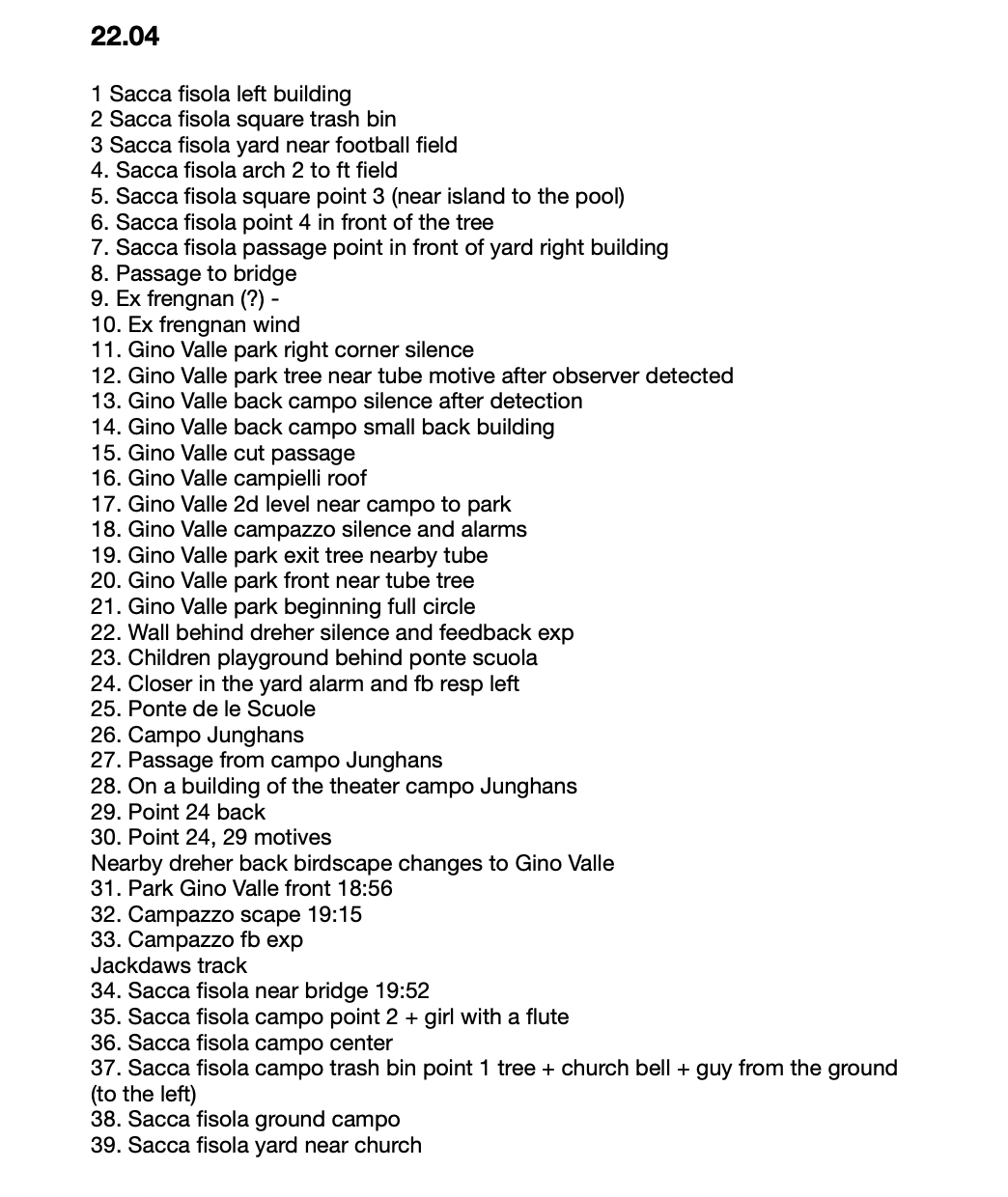








Characteristic Sounds of Canal Continuum
Redentore Edge-Node Path

VARIOUS CUTS OF THE PALANCA DISTRICT
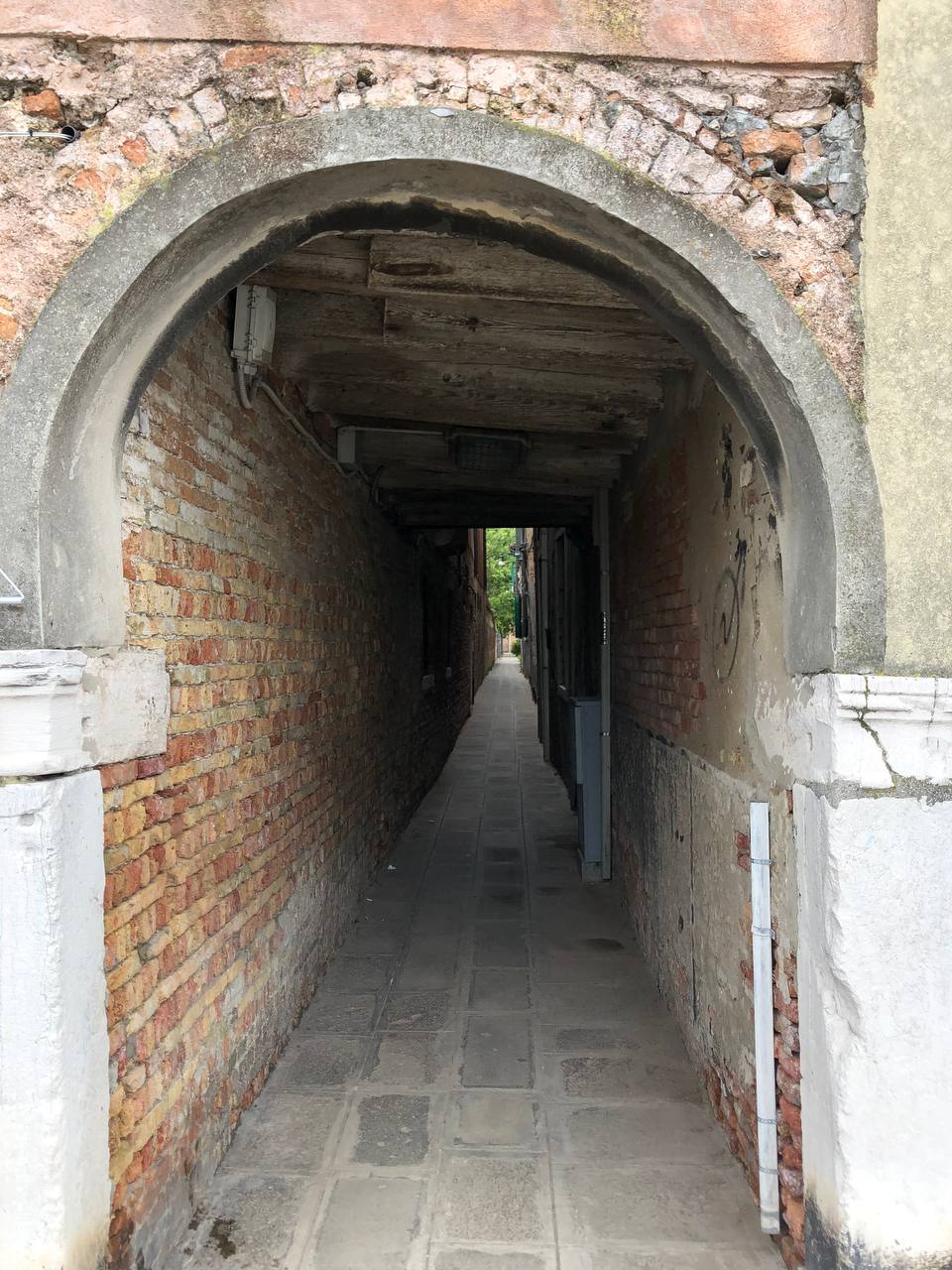
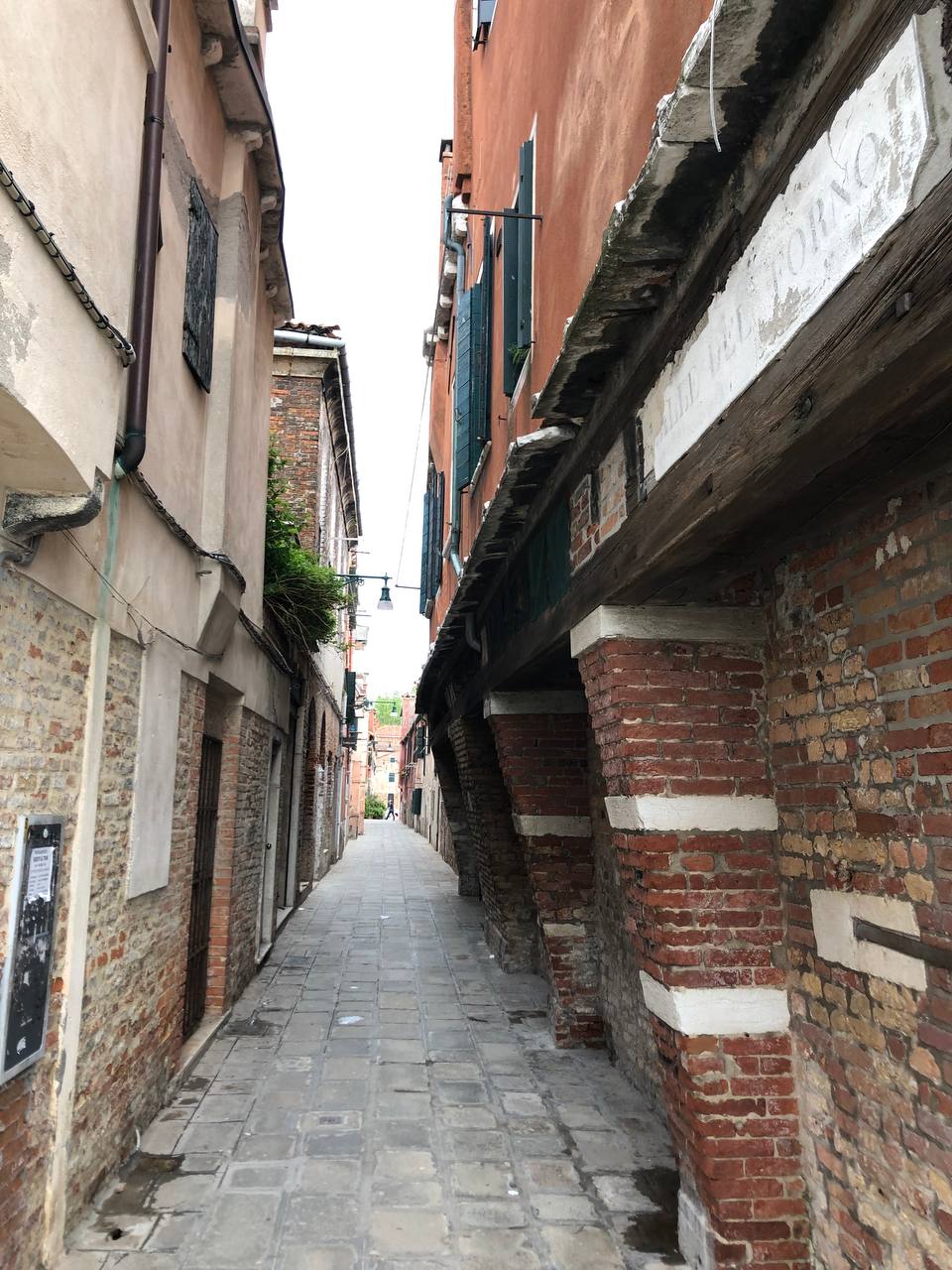
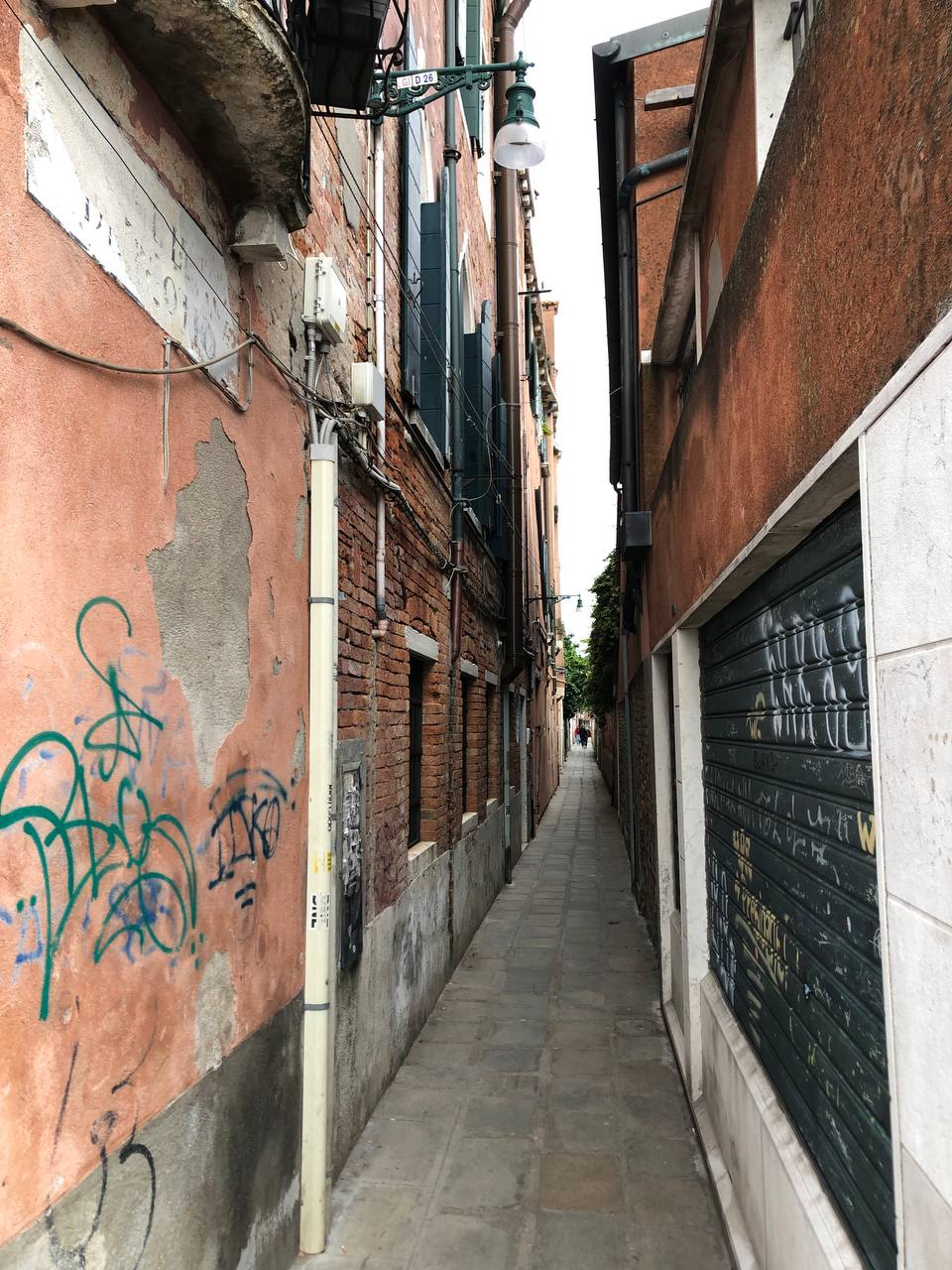
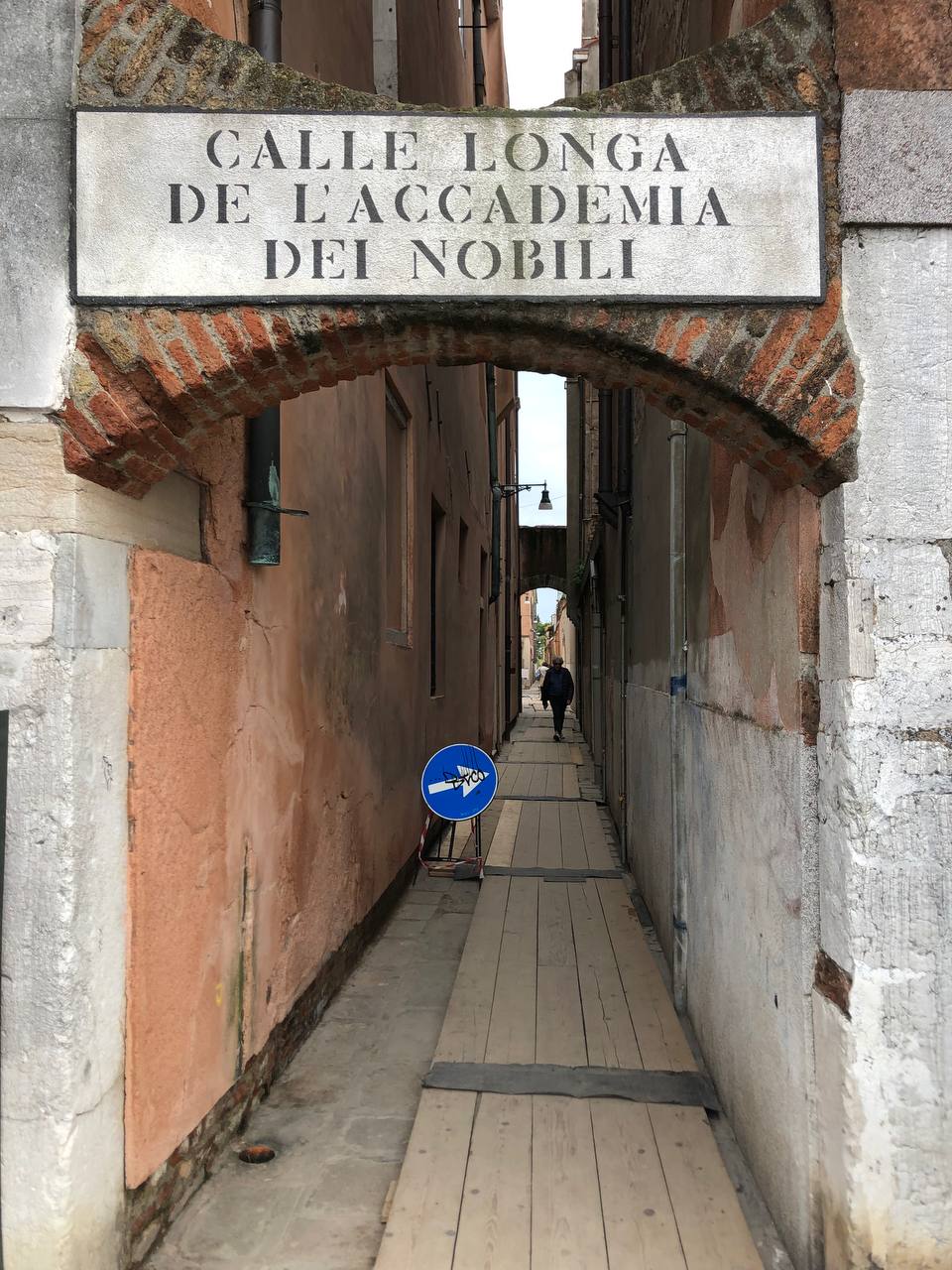
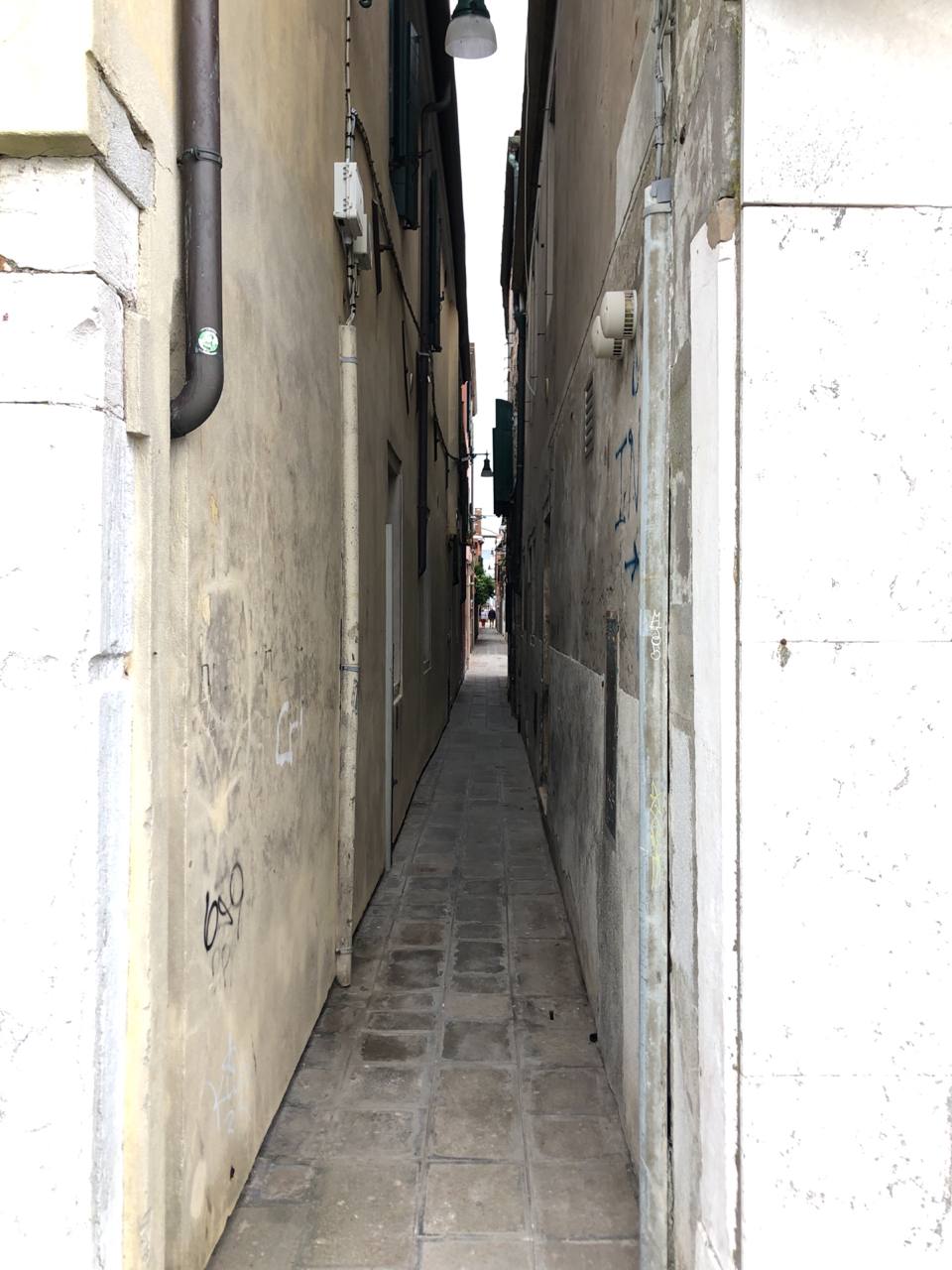
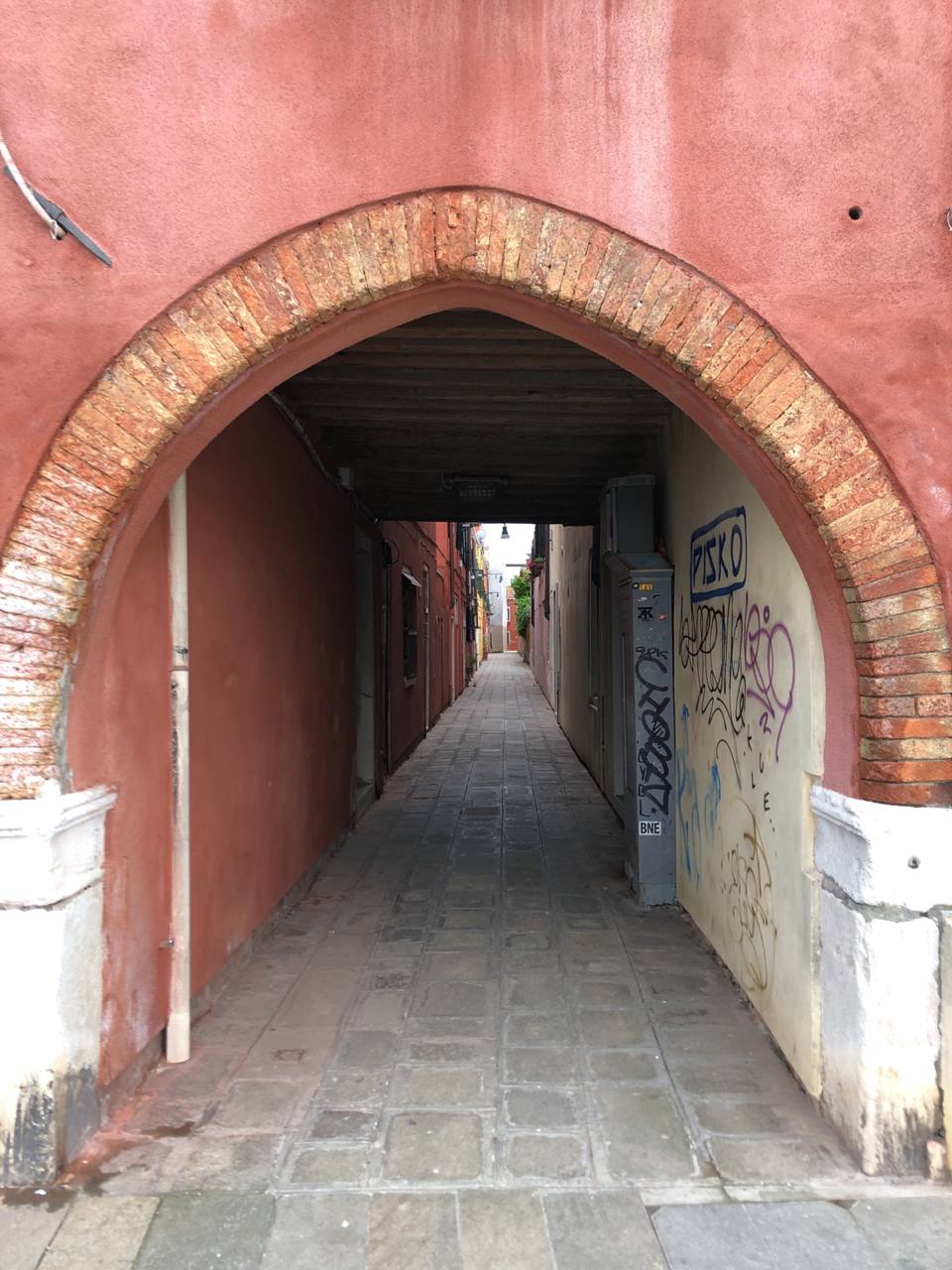
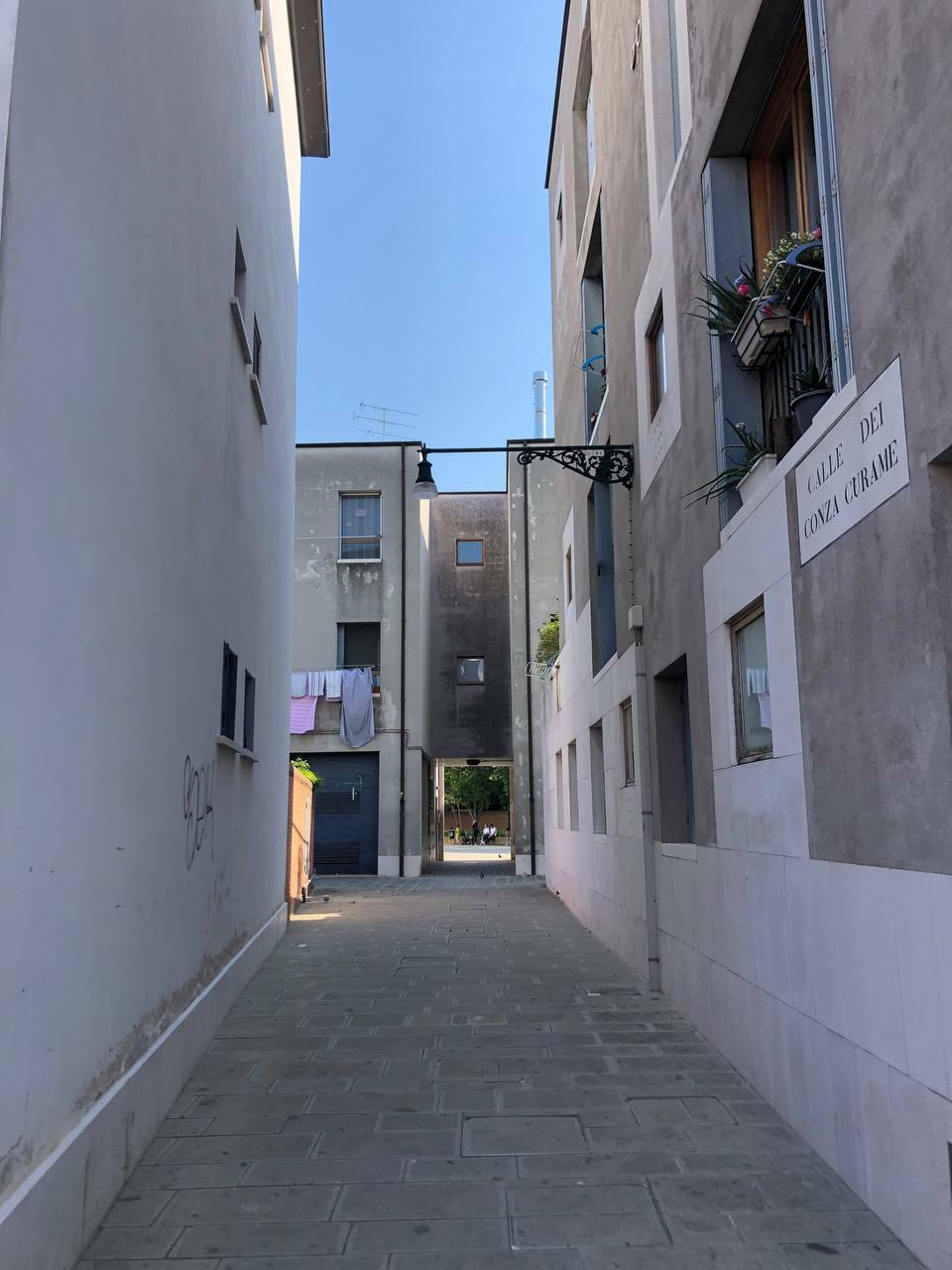
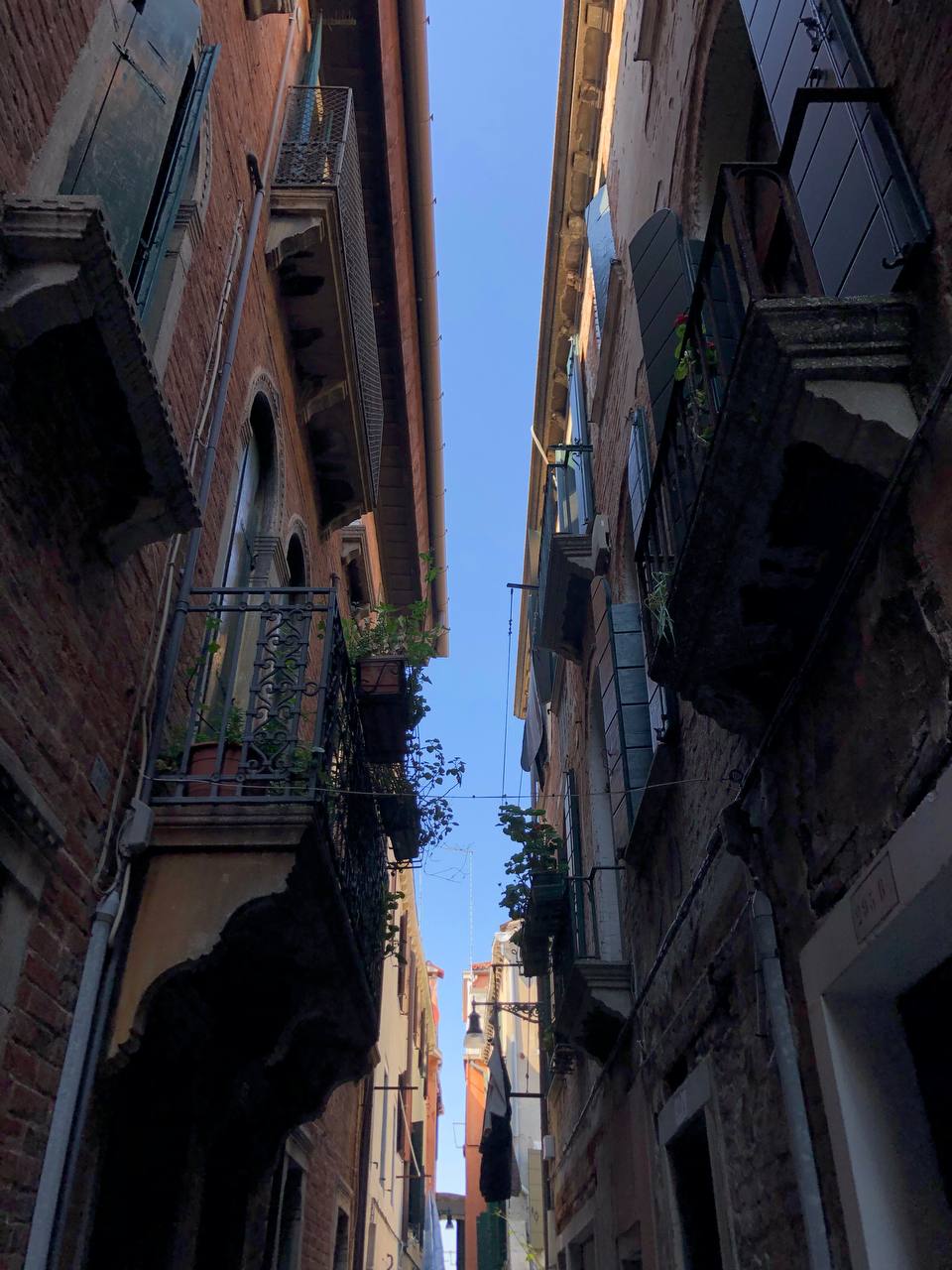
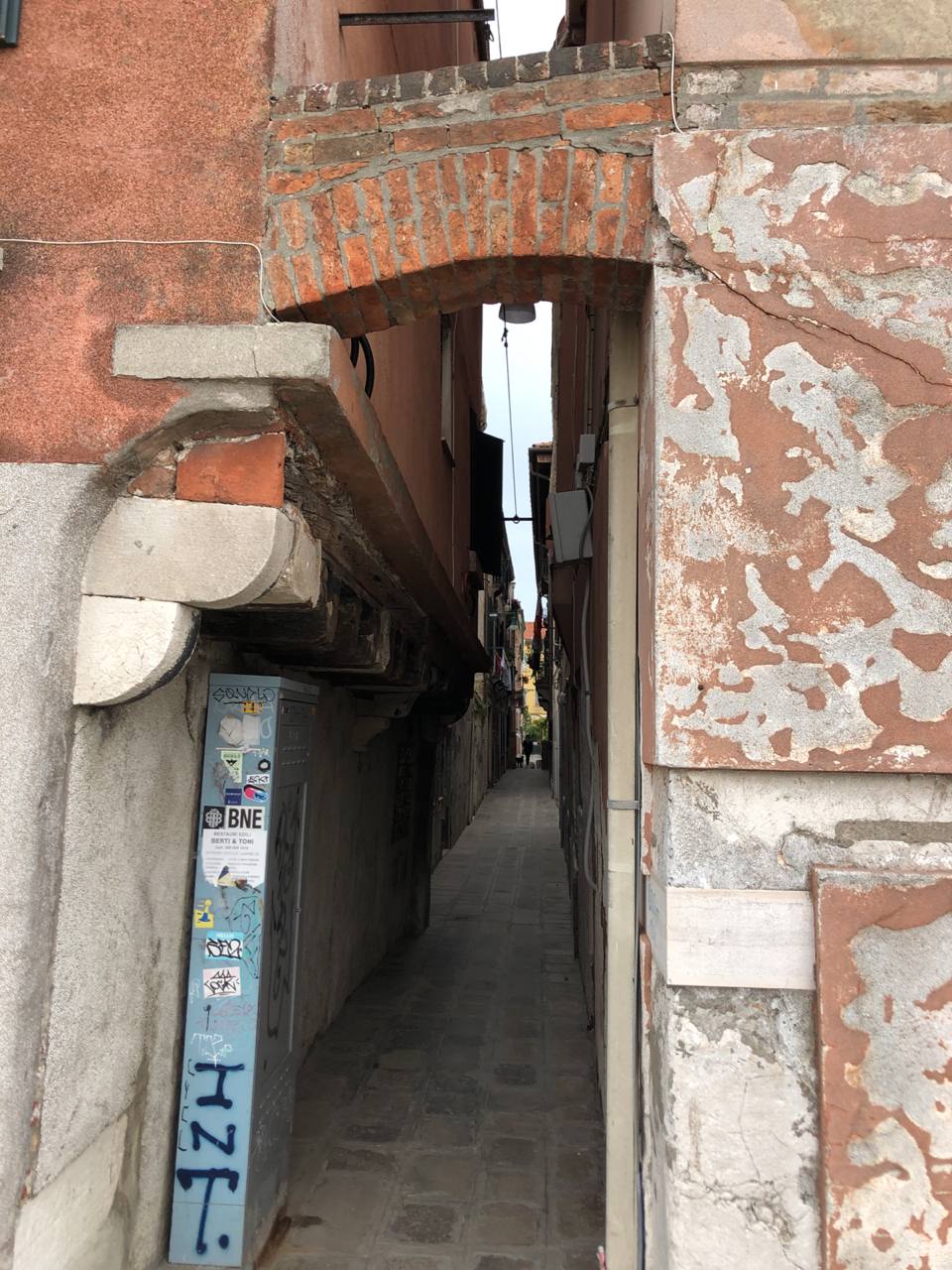
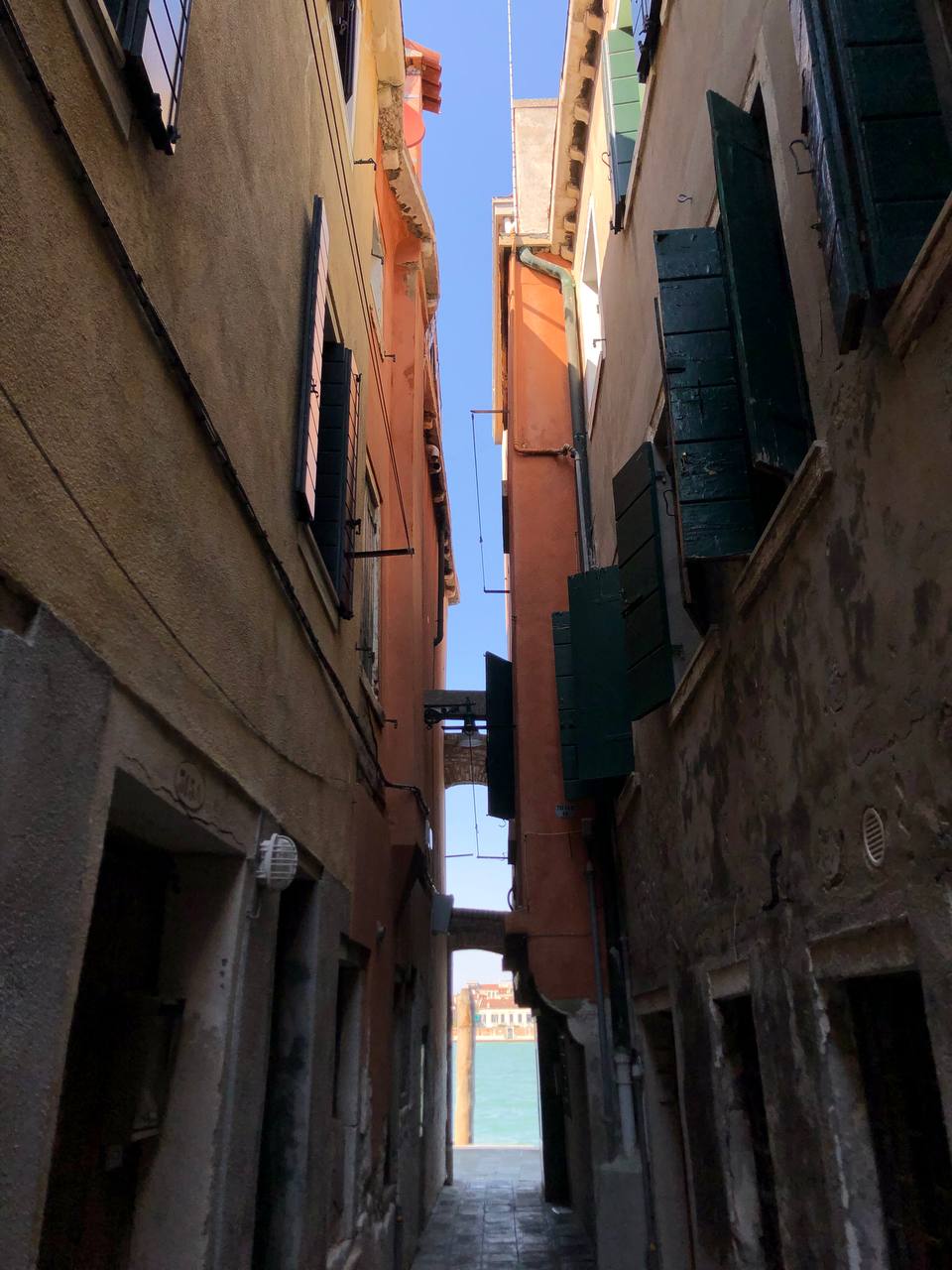
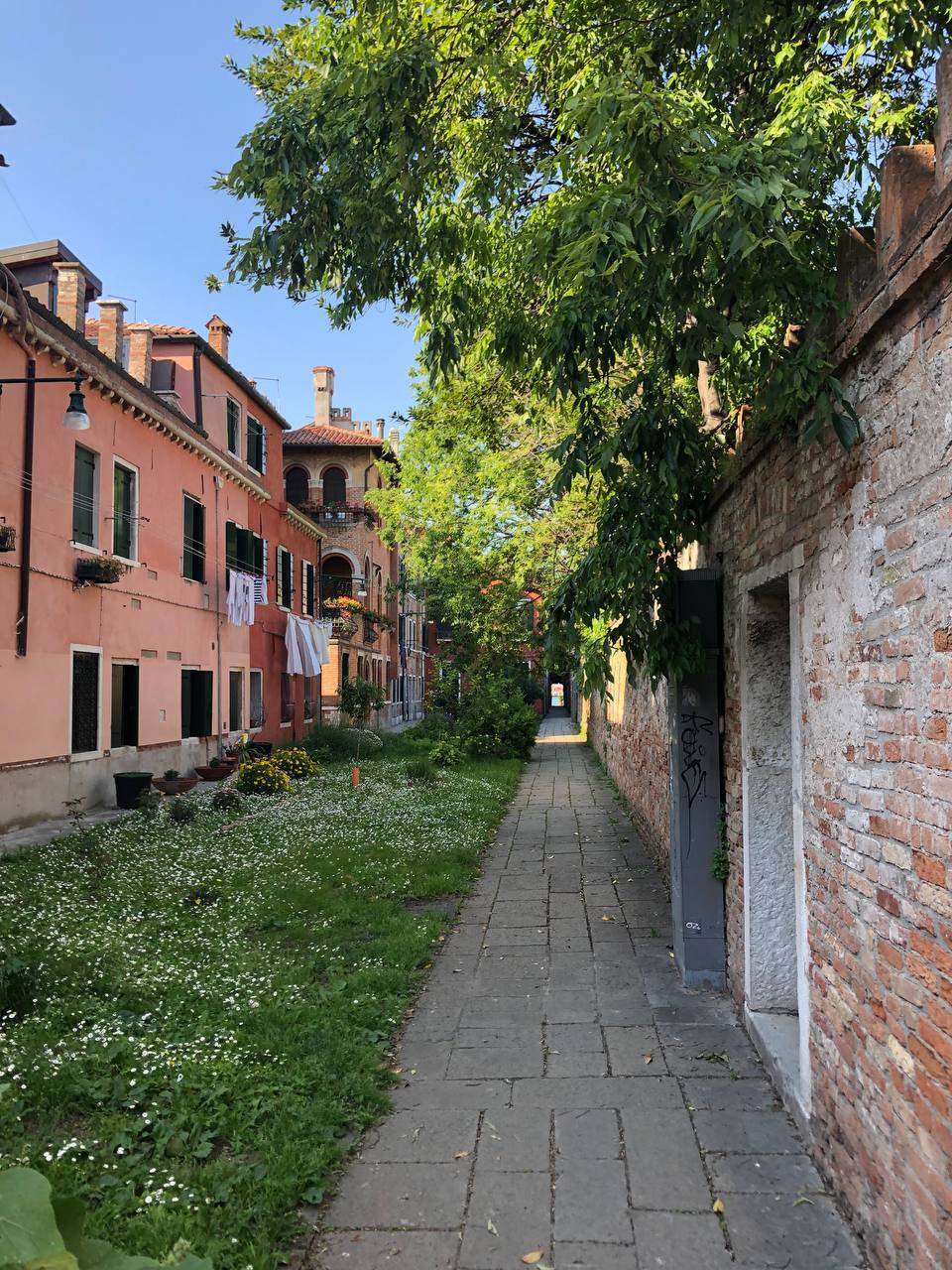
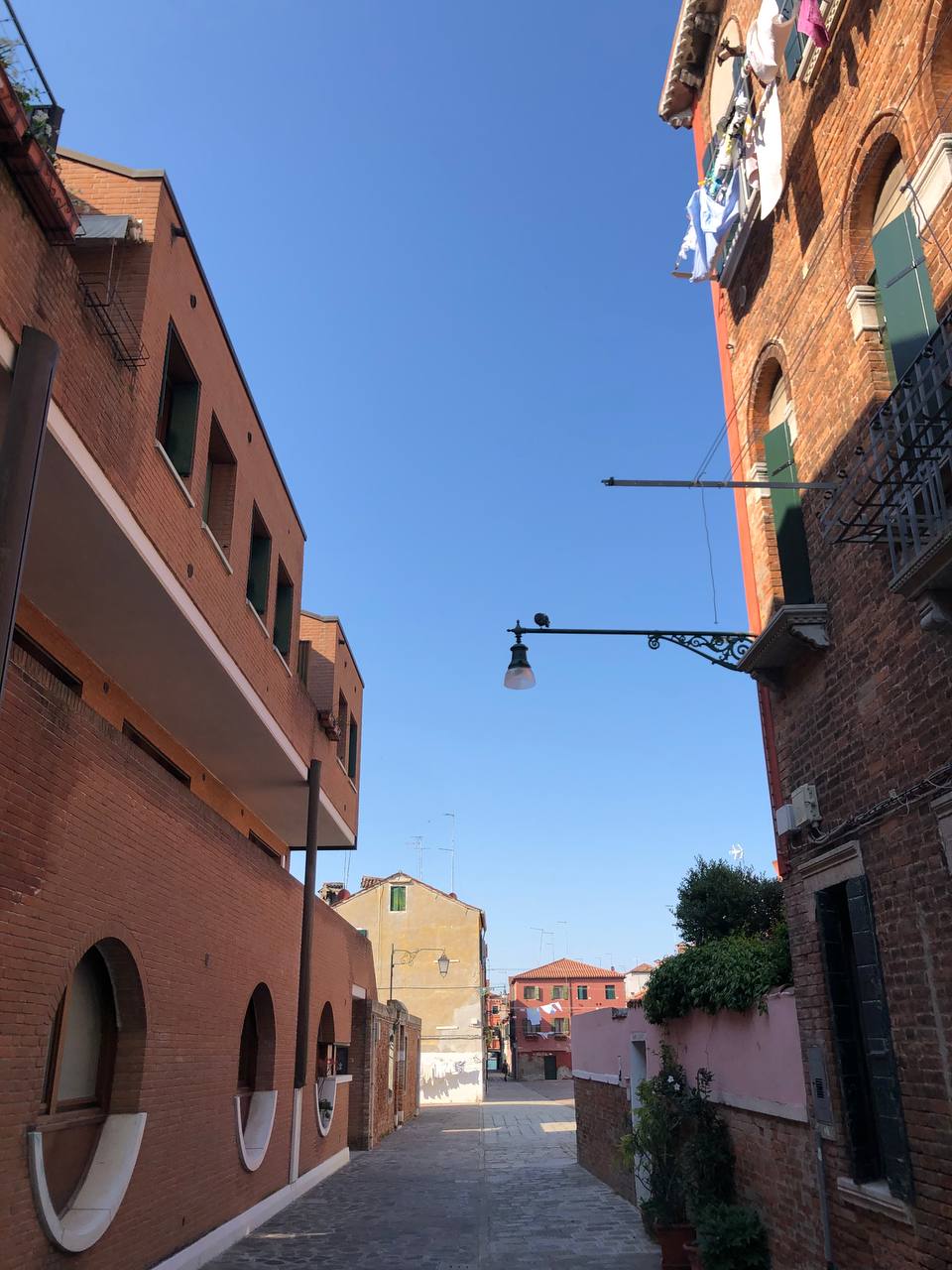
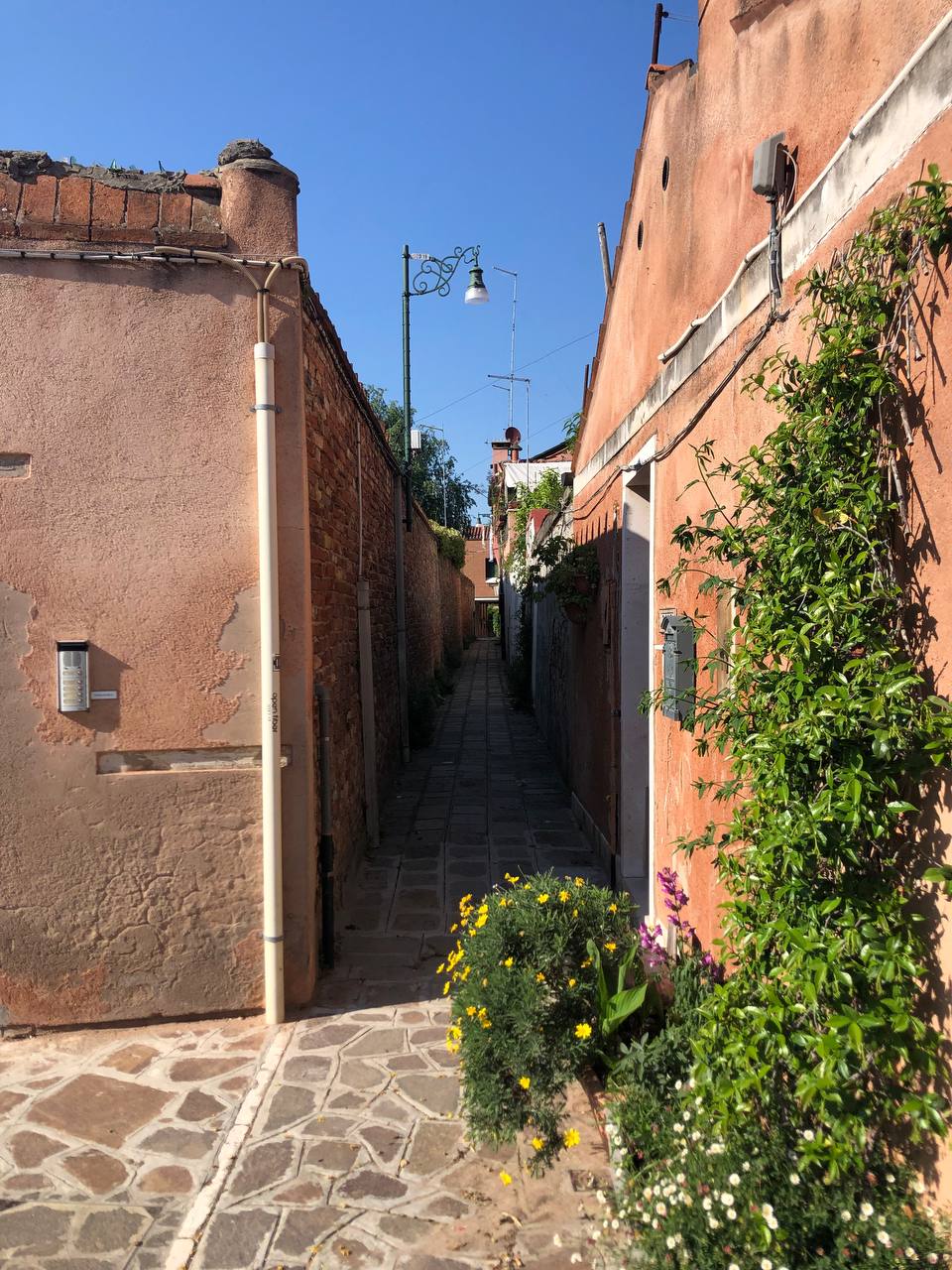


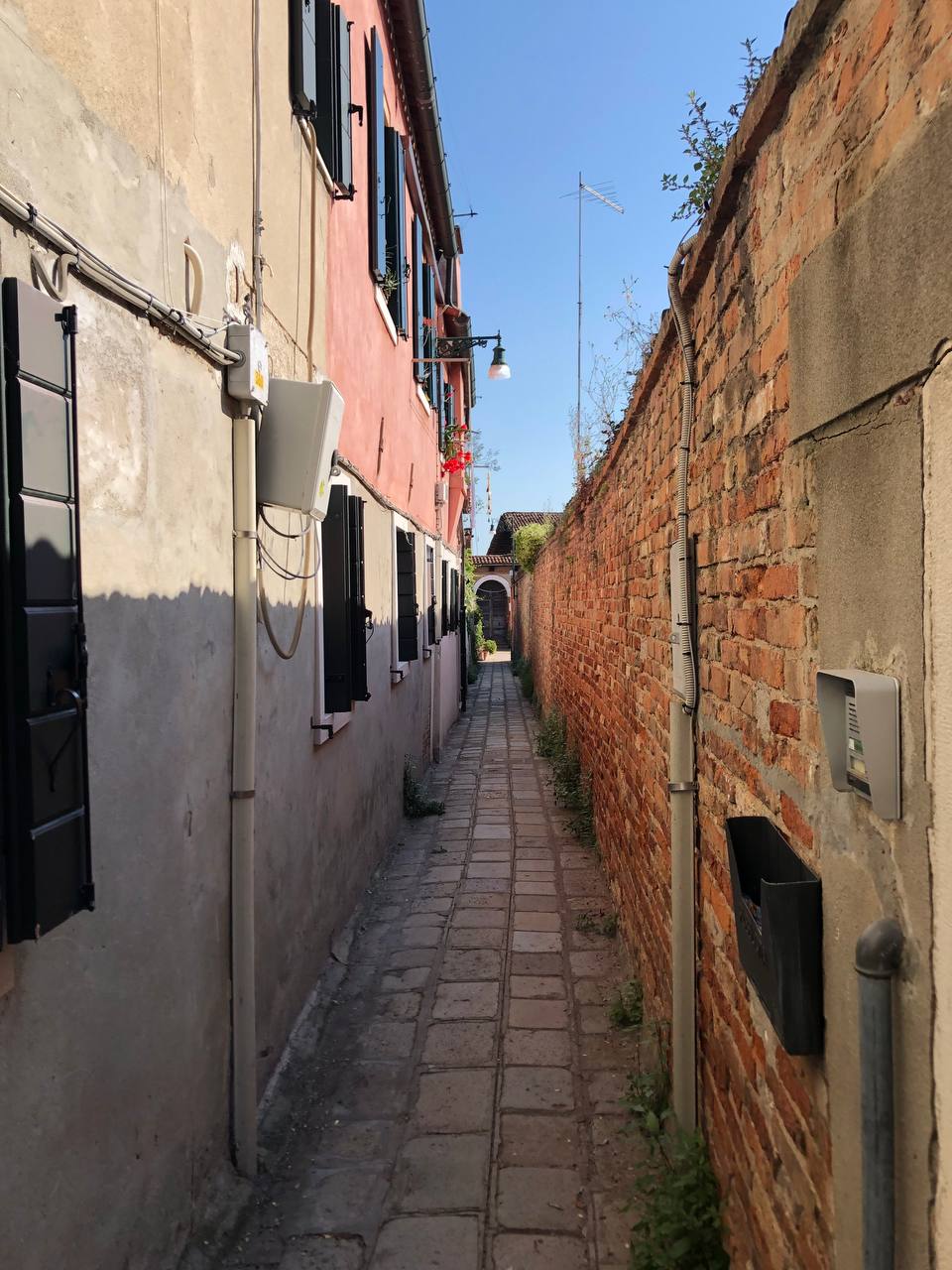
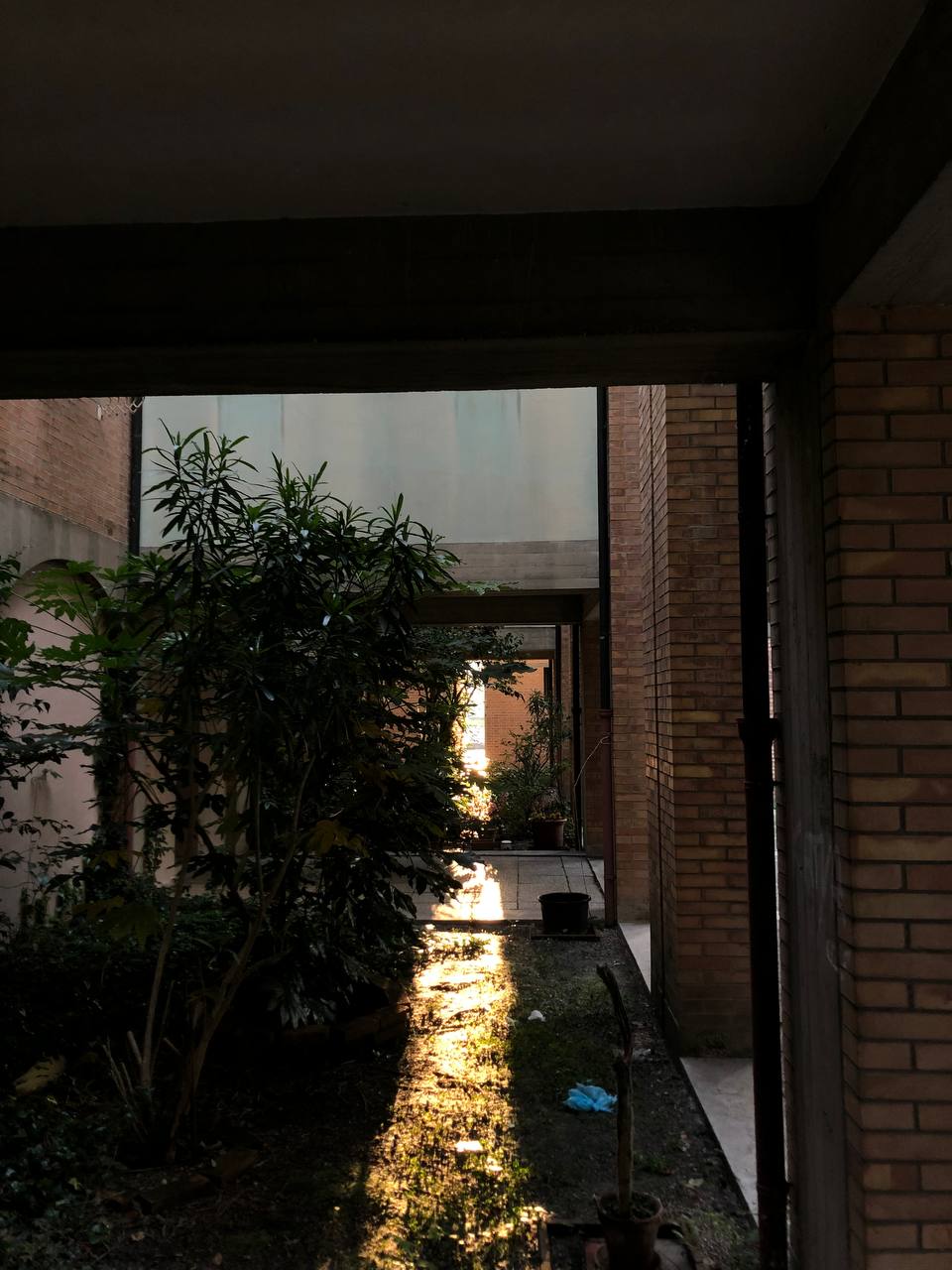
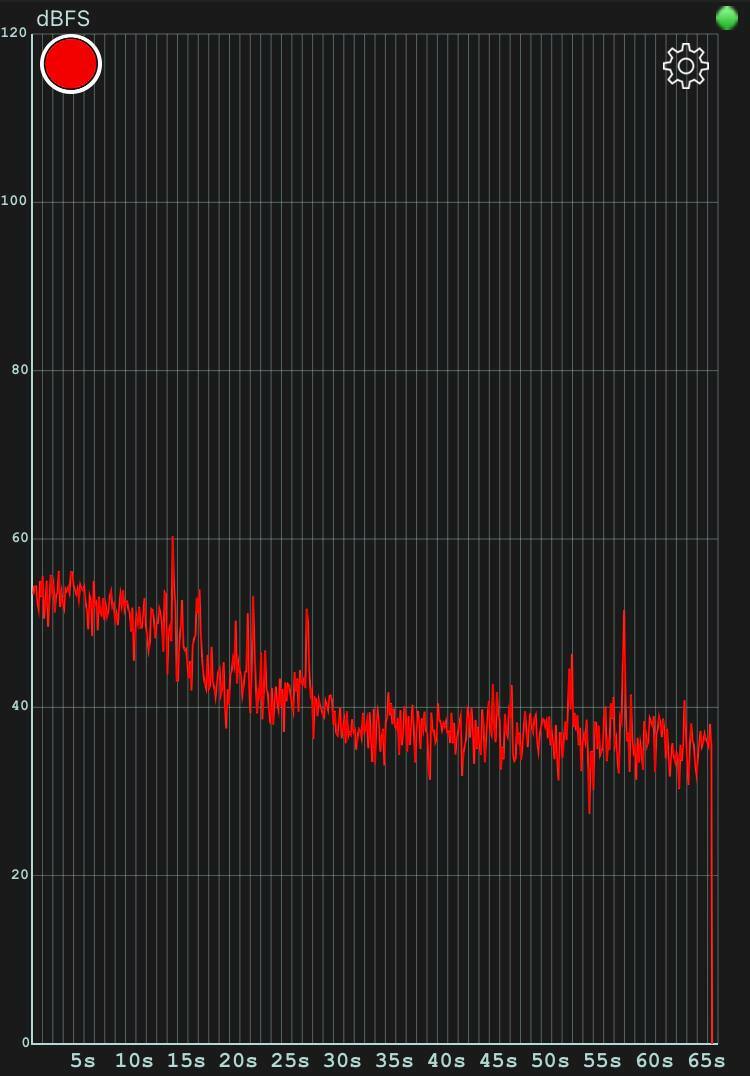

NOISE PROFILES
OF CUTS FROM AND TO
GIUDECCA CANAL
OF CUTS FROM AND TO
GIUDECCA CANAL
Gino Valle motive landmark


height and temperature gradient
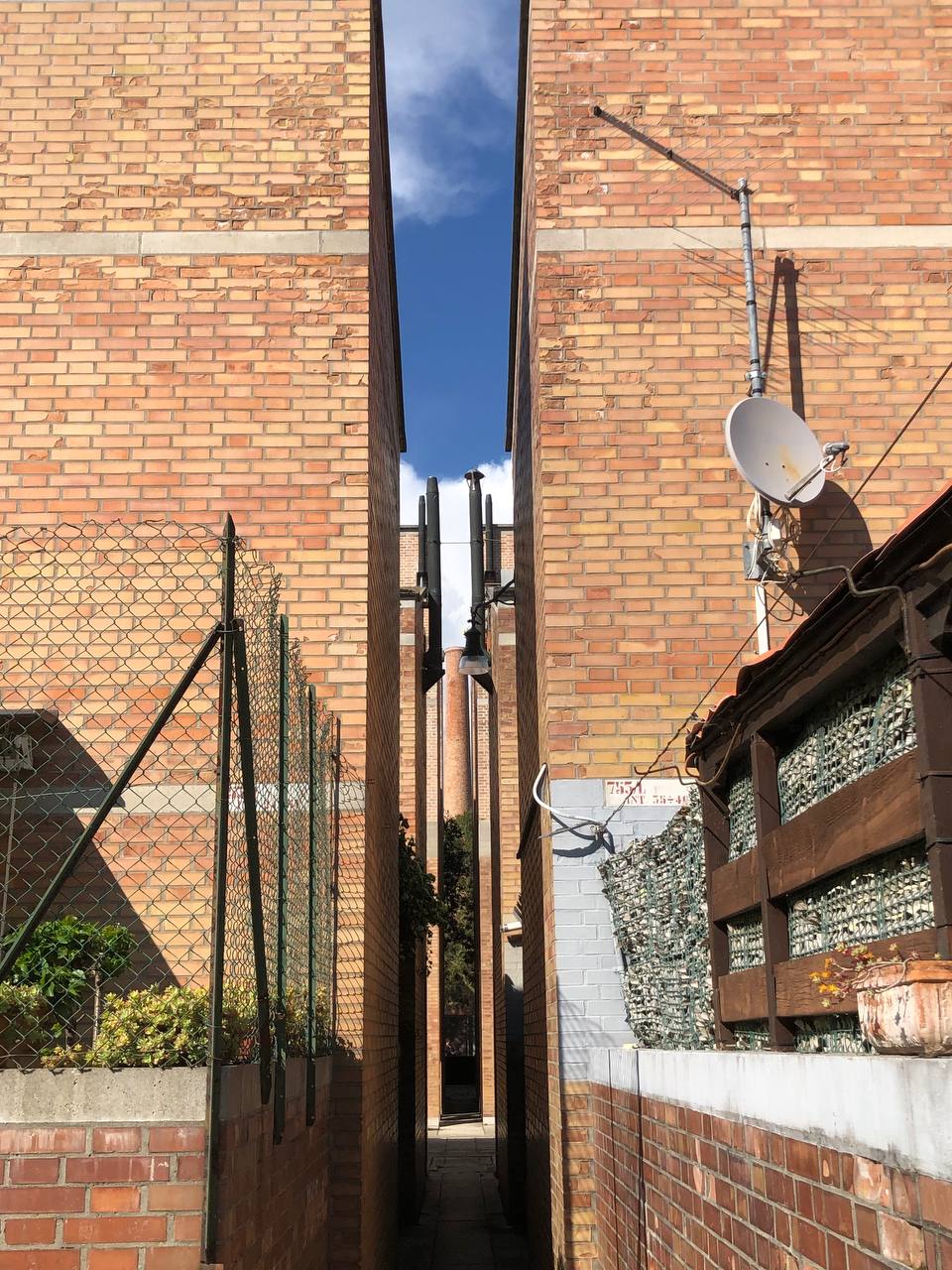
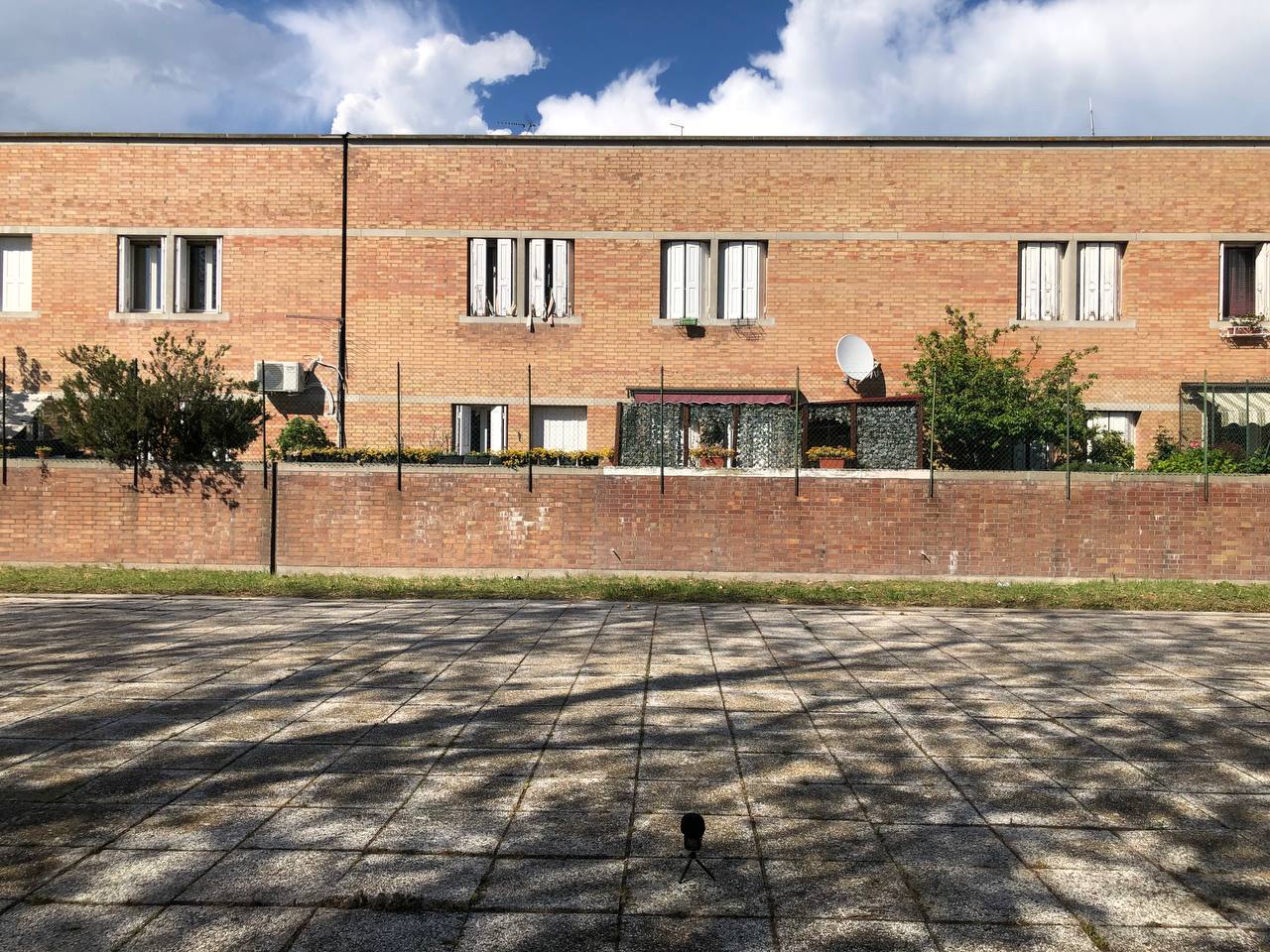
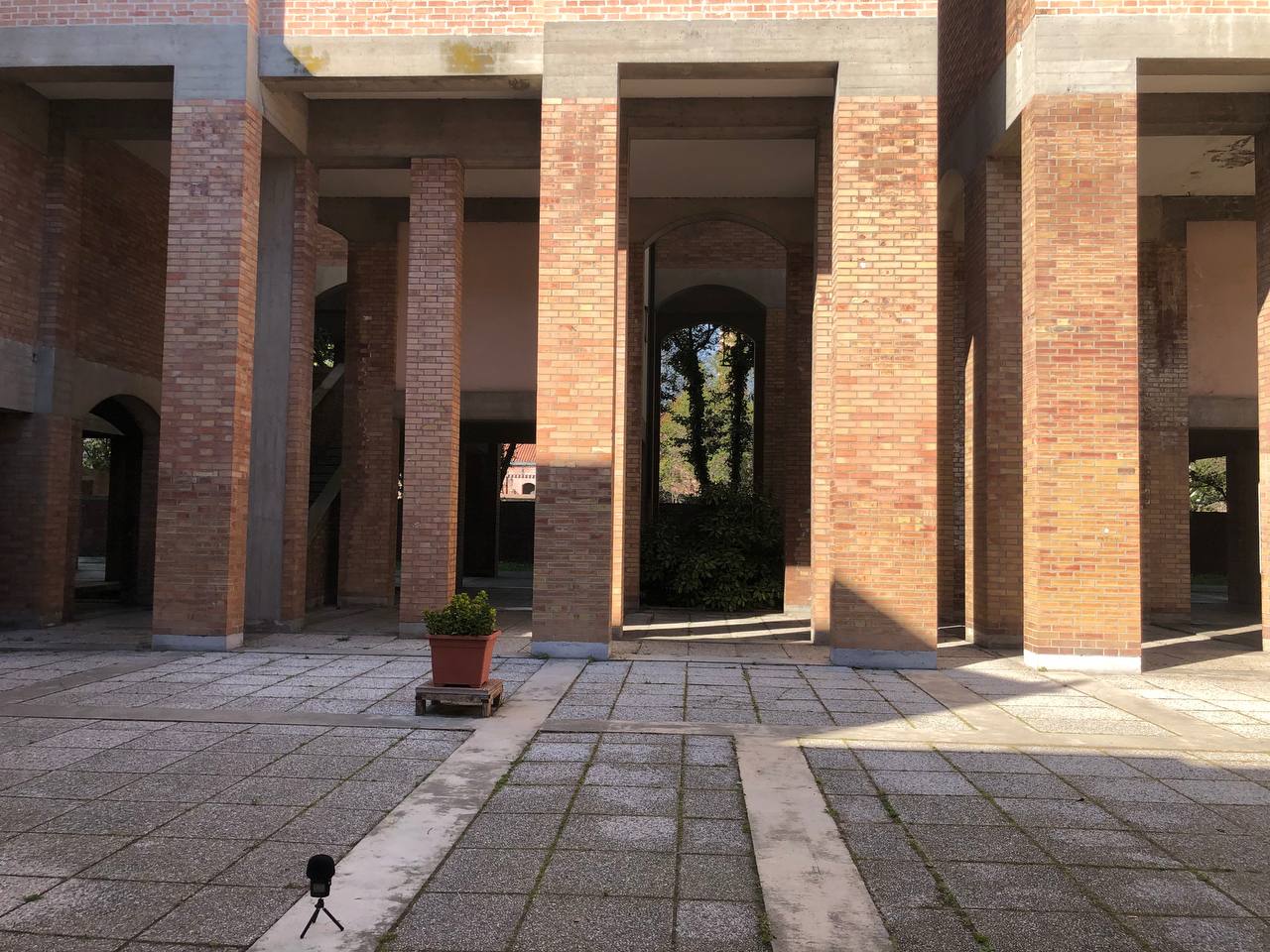

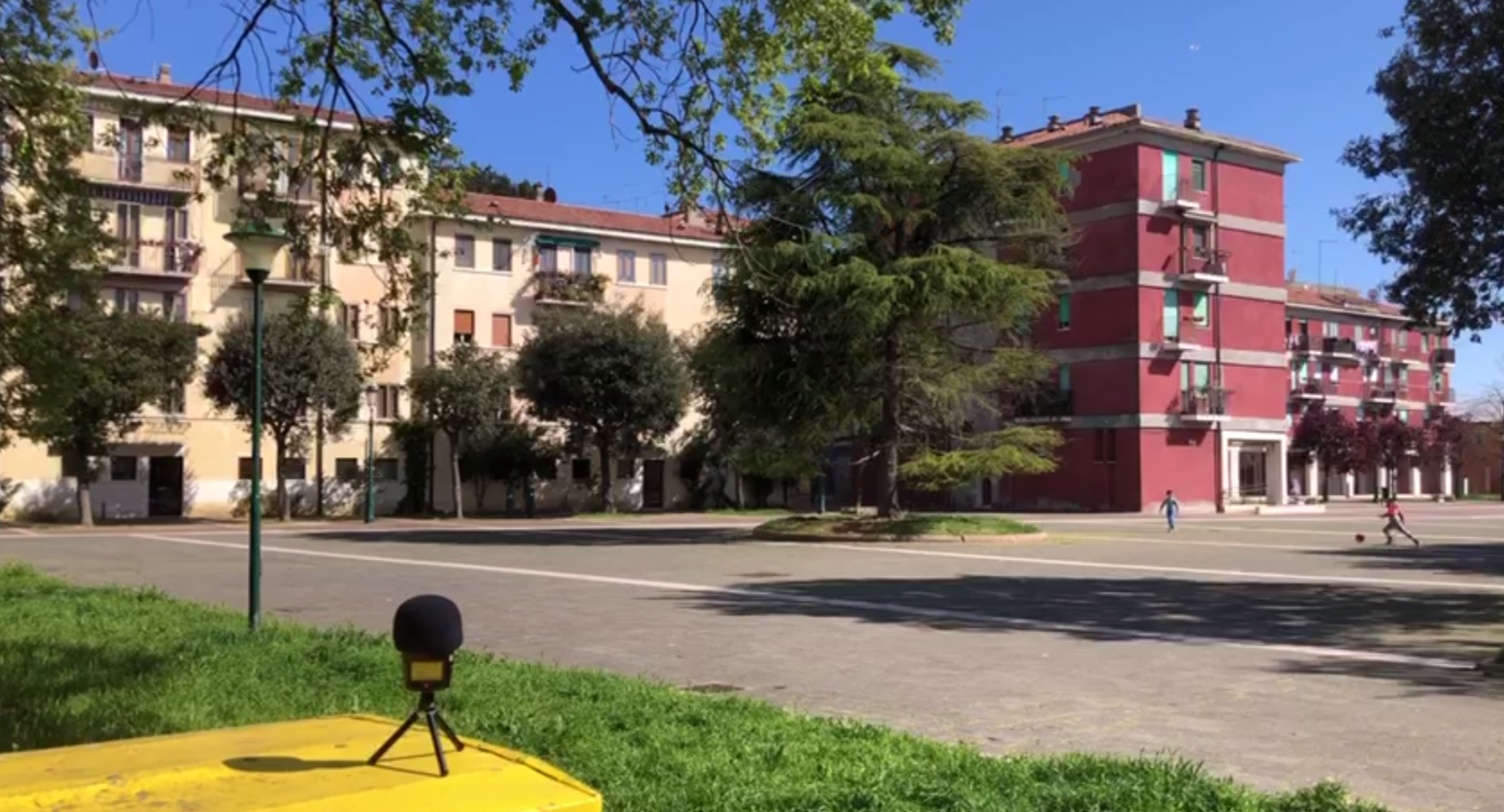


Field recording sites
Gino Valle motive on 00:54
notation




cycles
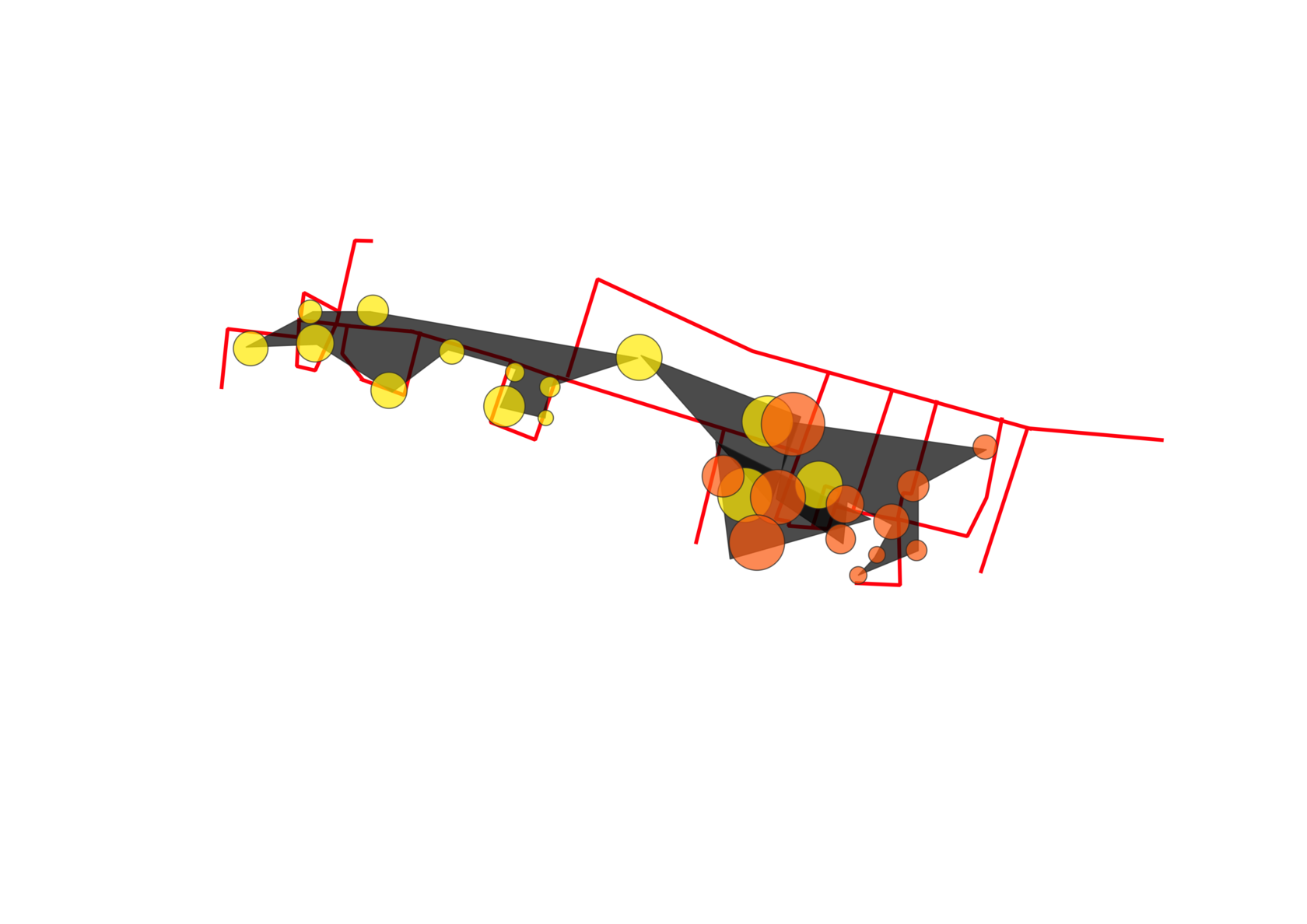
Blackbird performances schedule:
4-5 am – 6 am,
around noon – 14 pm,
4-5 pm – 9 pm
After sunset only alarm calls
Low/High aquatic tides rhythms:
2 times a day
4-5 am – 6 am,
around noon – 14 pm,
4-5 pm – 9 pm
After sunset only alarm calls
Low/High aquatic tides rhythms:
2 times a day
Vaporetto Linea 2 operating:
5 am – midnight
5 am – midnight

RESULTANT CONCEPTUAL DIRECTIONS
Terrestrial Aerial Dialectics of the Aquatic Substances
Regional cartography of sonic events and effects of built environments
Typical and particular
Pattern and individualization
Learning local languages of the urban and natural assemblages
Inhabiting urban assemblages by listening and recording
Environmental acoustic rhythmanalysis
Ambiental musicology
Sonic Thinking as Territorial Technopoetics
anarchitectural and ecocritical
Campo or Calli as a typically variable acoustic space
Canal and Blackbird's motive as well
Cut&Field fabric
Soundtope Anarchitecture as Situative Knowledge
From typical to particular = from unity to multiplicity
challenging classical philosophical problem of tradeoff between plural and singular, becoming and negation, unity and multiplicity, cosmic and concrete.
Acoustic spatiotemporal environments and rhythms
Moving overlapping layers of environmental events
Dynamic economy of sonorous situations (Archipelagic Listening)
Regional cartography of sonic events and effects of built environments
Typical and particular
Pattern and individualization
Learning local languages of the urban and natural assemblages
Inhabiting urban assemblages by listening and recording
Environmental acoustic rhythmanalysis
Ambiental musicology
Sonic Thinking as Territorial Technopoetics
anarchitectural and ecocritical
Campo or Calli as a typically variable acoustic space
Canal and Blackbird's motive as well
Cut&Field fabric
Soundtope Anarchitecture as Situative Knowledge
From typical to particular = from unity to multiplicity
challenging classical philosophical problem of tradeoff between plural and singular, becoming and negation, unity and multiplicity, cosmic and concrete.
Acoustic spatiotemporal environments and rhythms
Moving overlapping layers of environmental events
Dynamic economy of sonorous situations (Archipelagic Listening)
Possible exchange between urban research and landscape approaches, practices of environmental extension of music and ecosophical frameworks
Movement, change and repetition
Refrains as melodic landscapes and rhythmic characters of a place
Motives as perceptible instants and compositional patterns, discontinuous pulsating vagabond territorial ornaments
Variable phenomenological proportions
and acoustic capacities of cuts as fields
Dimensions and deployment of volumes
Physico-logics of acoustically tangible systems of acting
Itinerancy cycles and inhabiting routes
Built and natural environments as ecoconcerthalls
Common collecting, archiving and analysing
Remote station for motive preservation and territorial variation detection
Soundtope remote observation stations for the data transduction and distribution
Merging ecology, acoustics, the art of soundwalking, field recording
for promotion of soundscape heritage urban policy design
and inhuman environmental musicology
Movement, change and repetition
Refrains as melodic landscapes and rhythmic characters of a place
Motives as perceptible instants and compositional patterns, discontinuous pulsating vagabond territorial ornaments
Variable phenomenological proportions
and acoustic capacities of cuts as fields
Dimensions and deployment of volumes
Physico-logics of acoustically tangible systems of acting
Itinerancy cycles and inhabiting routes
Built and natural environments as ecoconcerthalls
Common collecting, archiving and analysing
Remote station for motive preservation and territorial variation detection
Soundtope remote observation stations for the data transduction and distribution
Merging ecology, acoustics, the art of soundwalking, field recording
for promotion of soundscape heritage urban policy design
and inhuman environmental musicology
References
1. New residential housing projects in the western Giudecca region:
1.1.
Clemens F. Kusch, Anabel Gelhaar
Residential Construction on the island of Giudecca
[Venice: Architectural Guide. Buildings and projects after 1950. Dom Publishers, 2018. PP. 166–195]
1.2.
Marco De Michelis
New Projects at the Giudecca. Building Types and Morphology of the Island
1.3.
Pierre Alain Croset
On Gino Valle's Project at the Giudecca
[The European City: the Science of Division. Lotus International 41, 1986. PP. 79–128]
2. Ecocritical approach to Venice and its lagoon:
Cristina Baldacci, Shaul Bassi, Lucio De Capitani, Pietro Daniel Omodeo (Eds.)
[Venice and the Anthropocene: an Ecocritical Guide. Wetlands, Venezia, 2022]
3. Soundscape exploration techniques and various environmental approaches to soundwalking and urban sonic mapping:
3.1.
Elena Biserna (Ed.)
[Going Out: Walking, Listening, Soundmaking. Umland editions, Brussels, 2022]
3.2.
ISO 12913-1:2014. Acoustics — Soundscape — Part 1
3.3.
ISO/TS 12913-2:2018 - Acoustics — Soundscape — Part 2
4. Ecoacoustics and Soundtope methodology for remote analytic systems:
4.1.
Almo Farina, Nadia Pieretti
The soundscape ecology: A new frontier of landscape research and its application to islands and coastal systems
[Journal of Marine and Island Cultures Volume 1, Issue 1, June 2012. PP. 21-26]
4.2.
Almo Farina, Nadia Pieretti, Luigi Piccioli
The soundscape methodology for long-term bird monitoring: A Mediterranean Europe case-study
[Ecological Informatics Volume 6, Issue 6, November 2011. PP 354-363]
5. Evolution of avian communication in noisy environments:
R. Haven Wiley
[Noise Matters: The Evolution of Communication. Harvard University Press, 2015]
6. Approaches to urban typomorphology and cartography:
6.1.
Kevin Lynch
The City Image and Its Elements
[The image of the city, Cambridge: MIT Press, 1960. PP. 46–91]
6.2.
Rob Krier
Typological and Morphological Elements of the Concept of Urban Space
[Urban Space. Academy editions, London, 1979]
6.3.
Denise Scott Brown, Robert Venturi and Steven Izenour
[Learning from Las Vegas. MIT press, 1972]
1.1.
Clemens F. Kusch, Anabel Gelhaar
Residential Construction on the island of Giudecca
[Venice: Architectural Guide. Buildings and projects after 1950. Dom Publishers, 2018. PP. 166–195]
1.2.
Marco De Michelis
New Projects at the Giudecca. Building Types and Morphology of the Island
1.3.
Pierre Alain Croset
On Gino Valle's Project at the Giudecca
[The European City: the Science of Division. Lotus International 41, 1986. PP. 79–128]
2. Ecocritical approach to Venice and its lagoon:
Cristina Baldacci, Shaul Bassi, Lucio De Capitani, Pietro Daniel Omodeo (Eds.)
[Venice and the Anthropocene: an Ecocritical Guide. Wetlands, Venezia, 2022]
3. Soundscape exploration techniques and various environmental approaches to soundwalking and urban sonic mapping:
3.1.
Elena Biserna (Ed.)
[Going Out: Walking, Listening, Soundmaking. Umland editions, Brussels, 2022]
3.2.
ISO 12913-1:2014. Acoustics — Soundscape — Part 1
3.3.
ISO/TS 12913-2:2018 - Acoustics — Soundscape — Part 2
4. Ecoacoustics and Soundtope methodology for remote analytic systems:
4.1.
Almo Farina, Nadia Pieretti
The soundscape ecology: A new frontier of landscape research and its application to islands and coastal systems
[Journal of Marine and Island Cultures Volume 1, Issue 1, June 2012. PP. 21-26]
4.2.
Almo Farina, Nadia Pieretti, Luigi Piccioli
The soundscape methodology for long-term bird monitoring: A Mediterranean Europe case-study
[Ecological Informatics Volume 6, Issue 6, November 2011. PP 354-363]
5. Evolution of avian communication in noisy environments:
R. Haven Wiley
[Noise Matters: The Evolution of Communication. Harvard University Press, 2015]
6. Approaches to urban typomorphology and cartography:
6.1.
Kevin Lynch
The City Image and Its Elements
[The image of the city, Cambridge: MIT Press, 1960. PP. 46–91]
6.2.
Rob Krier
Typological and Morphological Elements of the Concept of Urban Space
[Urban Space. Academy editions, London, 1979]
6.3.
Denise Scott Brown, Robert Venturi and Steven Izenour
[Learning from Las Vegas. MIT press, 1972]




Notes and quotes from R. Haven Wiley's
Noise and Ways to Reduce it [5]
Noise and Ways to Reduce it [5]
EXPANSION OF THE MODEL
Other common blackbird motives have been detected across the lagoon from Torcello to Murazzi and in all of the sestieri – it proved the specificity of local communication patterns characteristic to certain neighbourhoods and their acoustic environments. Other bird species of the lagoon surroundings were detected as well. Experiments in feedback response to prerecorded motives have been set up.
Some parts of the lagoon (San Servolo, Cannaregio, Santa Croce) were audited for the whole period of daily cycles.
Detection of bird species was being made by the assistance of BirdNet and Merilin applications provided by Cornell Lab of Ornitology.
Recordings, made by Zoom H2n and Iphone 8, were processed (equalization and loudness balancing) by the assistance of Ableton Live 11 Suite.
Mapping has been made by QGIS
Spectrograms were made by WaveSurfer
Some parts of the lagoon (San Servolo, Cannaregio, Santa Croce) were audited for the whole period of daily cycles.
Detection of bird species was being made by the assistance of BirdNet and Merilin applications provided by Cornell Lab of Ornitology.
Recordings, made by Zoom H2n and Iphone 8, were processed (equalization and loudness balancing) by the assistance of Ableton Live 11 Suite.
Mapping has been made by QGIS
Spectrograms were made by WaveSurfer

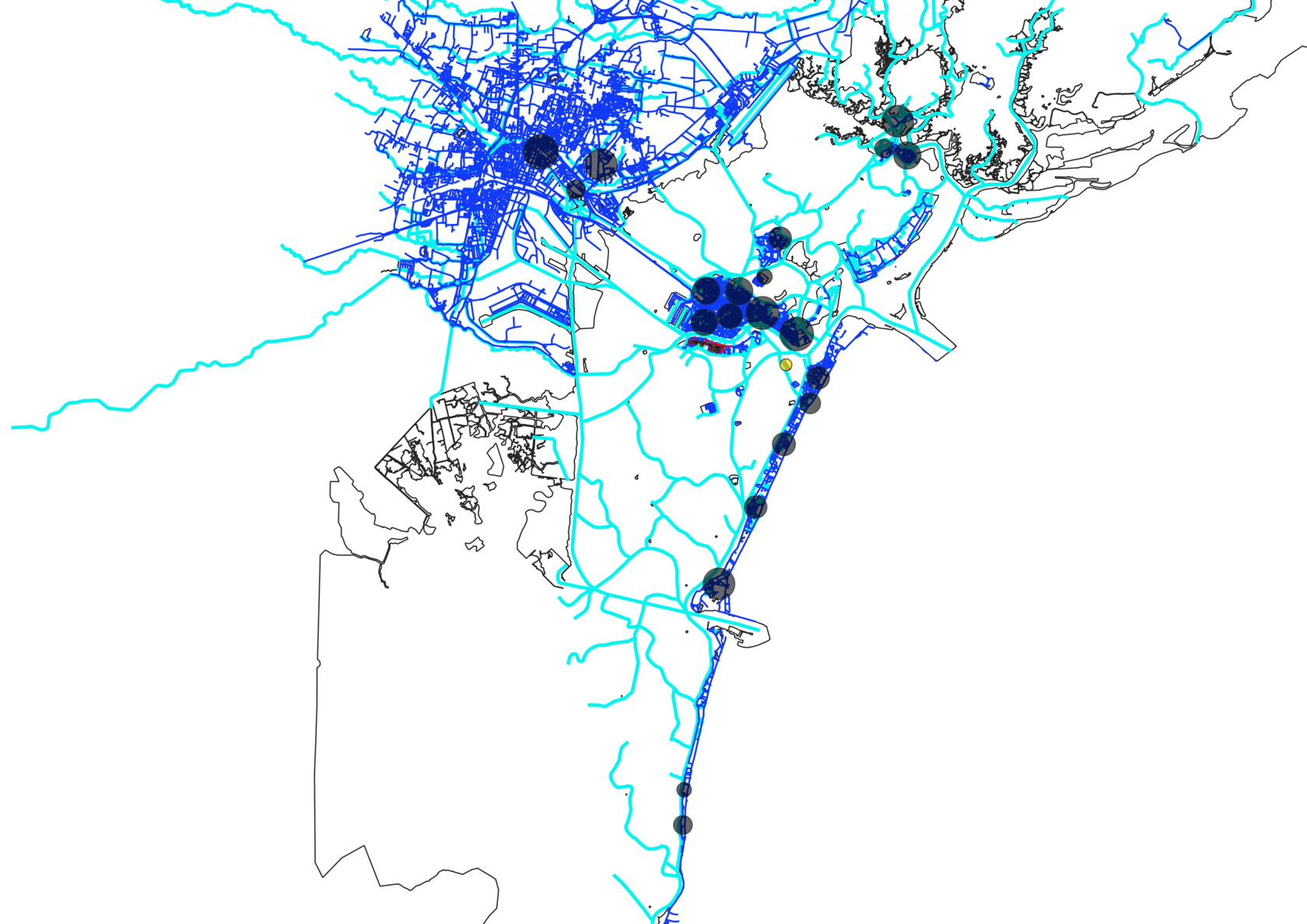
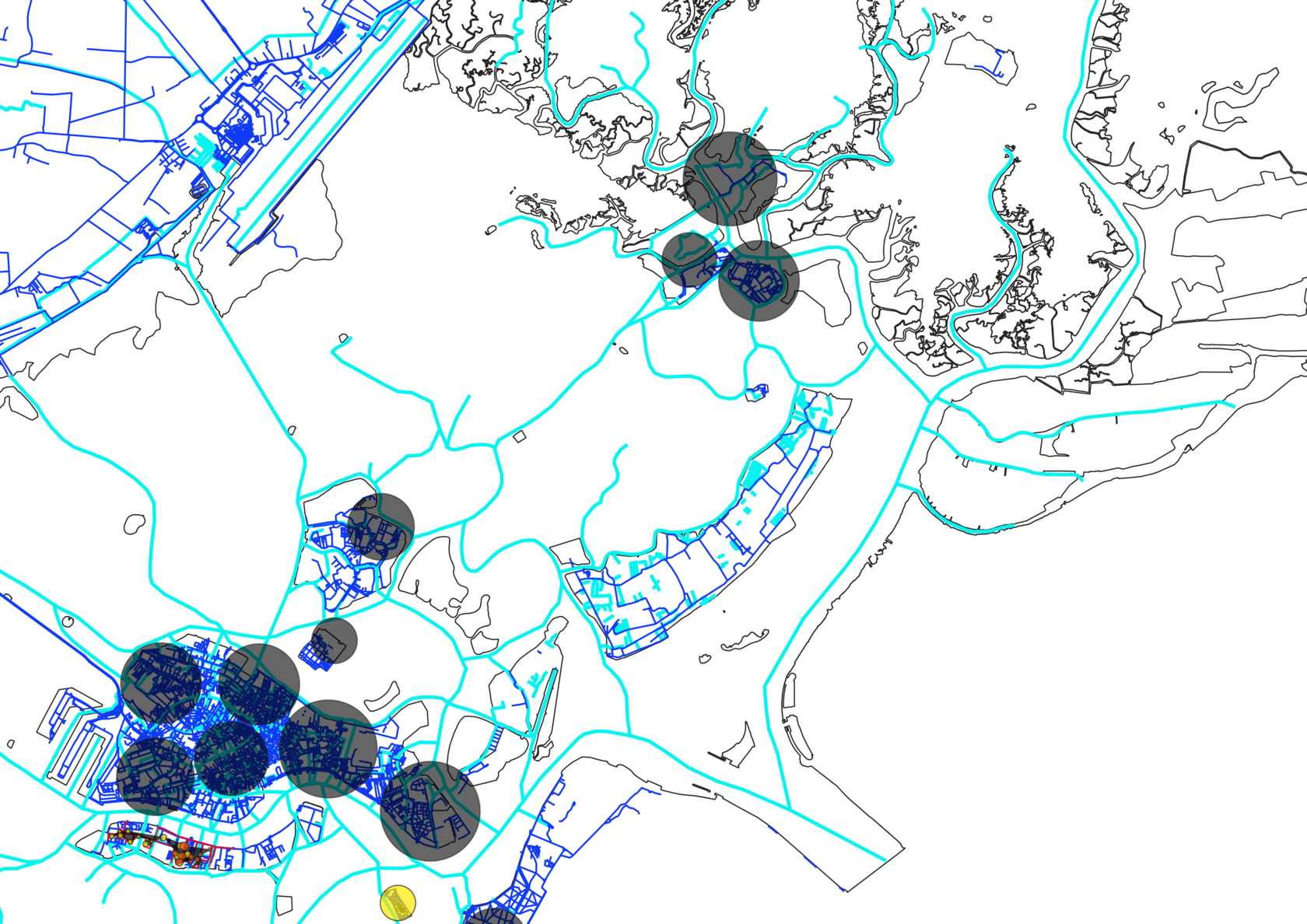


Torcello Sountope during and after sunset
Increased Vocal Diversity
However, Gino Valle motive is undeniably present on the island of San Servolo – a place in the southern part of the lagoon where it has been detected and recorded for 2 weeks at sunrises, sunsets and during the day.


MANIFESTO FOR COMMON BLACKBIRD LISTENING
an environmental rhythmanalysis of territorial soundtopes
an environmental rhythmanalysis of territorial soundtopes
lavorazione in corso
Blackbirds appear to be at once environmental inhabitants and rhythmic actors,
particular and characteristic dynamic and performative soundmarks.
They amplify aerial expressivity and acoustic conditioning of built and natural districts,
sharing it with terrestrial and aquatic residents.
Being both ecoacoustic legacy and local historical heritage,
blackbird vocalization motives and patterns consolidate urban commons,
which can be participatory accessed by technopoetic cartography and sonic thinking.
particular and characteristic dynamic and performative soundmarks.
They amplify aerial expressivity and acoustic conditioning of built and natural districts,
sharing it with terrestrial and aquatic residents.
Being both ecoacoustic legacy and local historical heritage,
blackbird vocalization motives and patterns consolidate urban commons,
which can be participatory accessed by technopoetic cartography and sonic thinking.
Aerial, terrestrial and aquatic forces merge together and constitute informational fields of events, formed by rhythmic multiplicities: here on the island during the night one could listen to the wind coming from Lido and the sea to the west – it amplifies variety of trees with their particular instrumental capacities to produce sounds. At dawn they are used as ecoconcerthalls for grand performances of local blackbirds for several hours – they learn their surroundings by instrumentalizing its acoustic properties and gain everyday knowledge of the events happening in the park. Aerial becoming terrestrial. A human person with its capacity to listen can attend such performances as of non-human musicians with their own art of environmental sonification, melodic and rhythmic constructioning. Terrestrial becoming aerial. Finally, quoting Wiley again, "by transferring the movement of the tympanum in air to movements in a fluid, the fluctuations of pressure in air have been transformed into oscillating movements of a fluid" in the inner ear. "In this way the hearing of all terrestrial vertebrates ultimately occurs underwater". Cochlea as a spectrum analyser of conditional variations in the air is itself a tiny lagoon with hair cells swaying like algae. Terrestrial becoming aerial by being aquatic.
Nikita Safonov
Venice
Spring 2023
Venice
Spring 2023
The project was supervised by Claudia Faraone, IUAV
as part of the course Inhabiting Urban Space and Sense of Place: the Heritage of 20th Century Neighborhoods in the Venice Metropolitan Area
as part of the course Inhabiting Urban Space and Sense of Place: the Heritage of 20th Century Neighborhoods in the Venice Metropolitan Area
